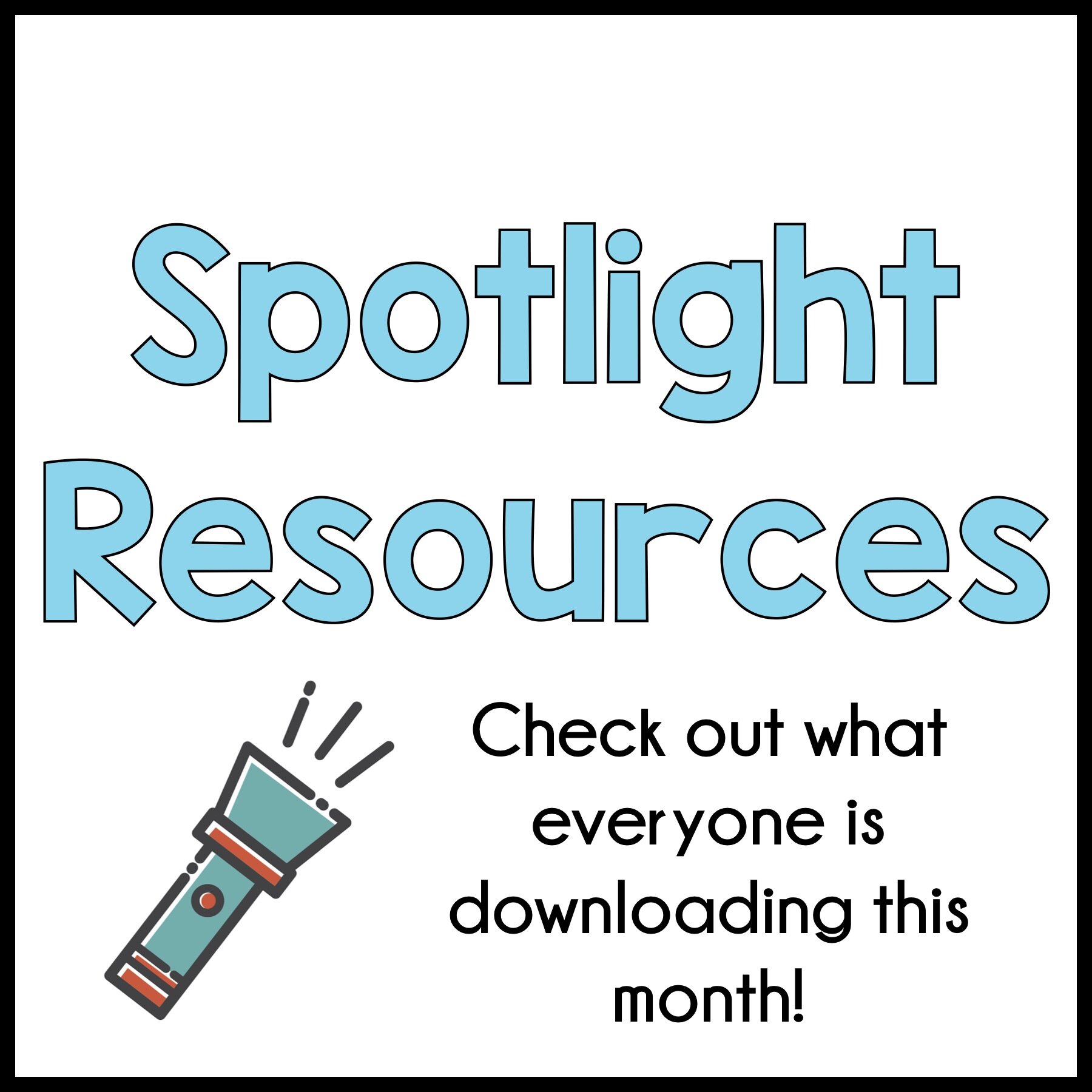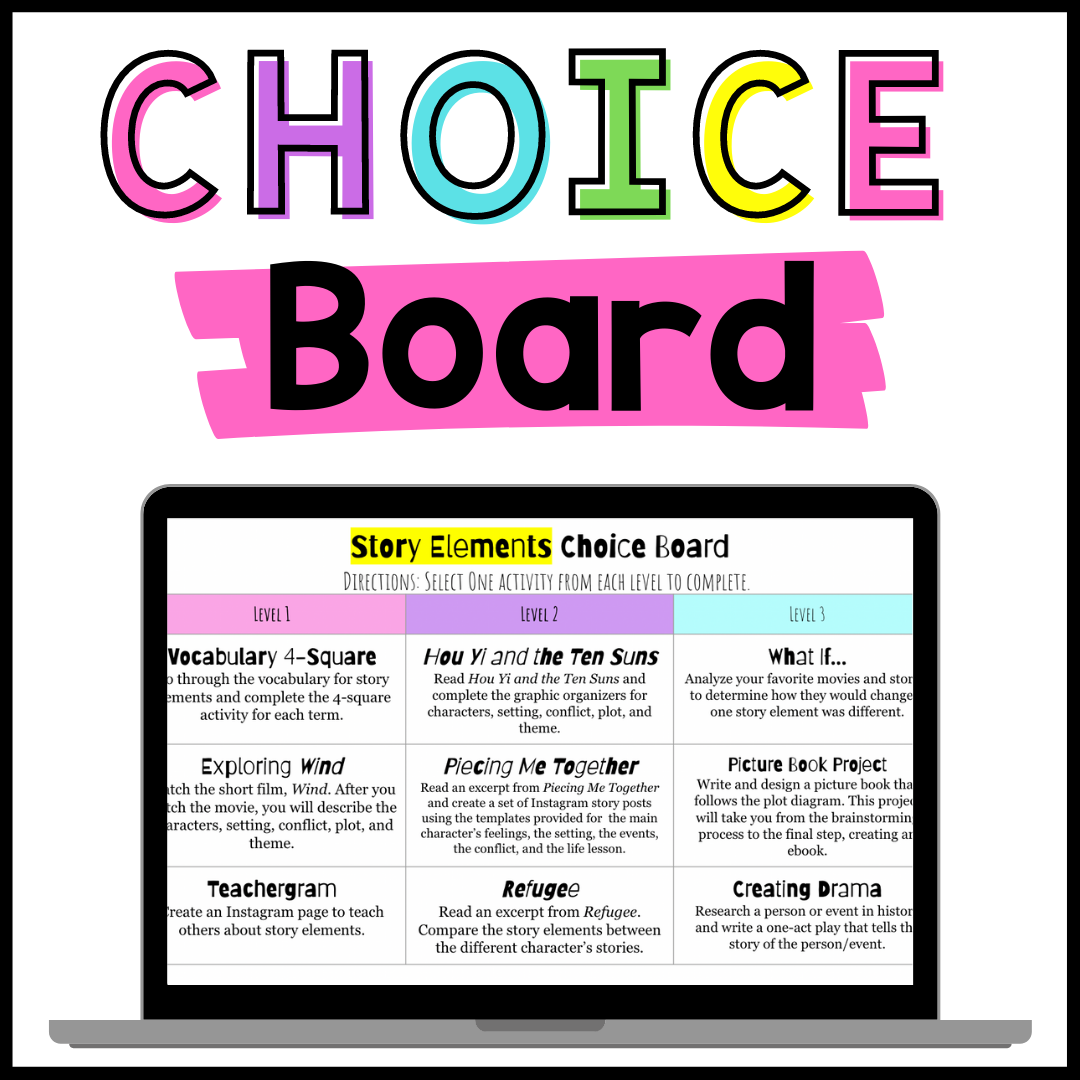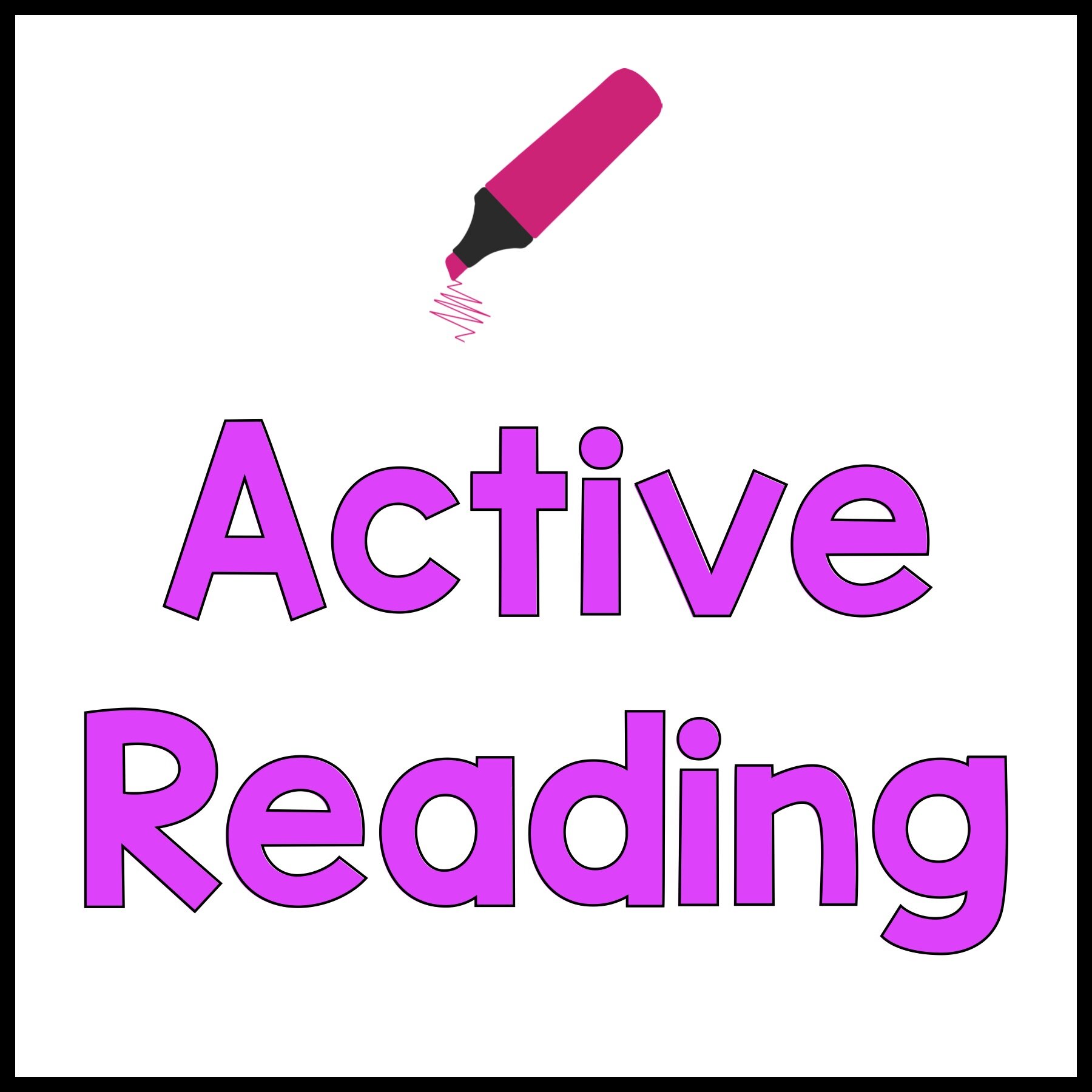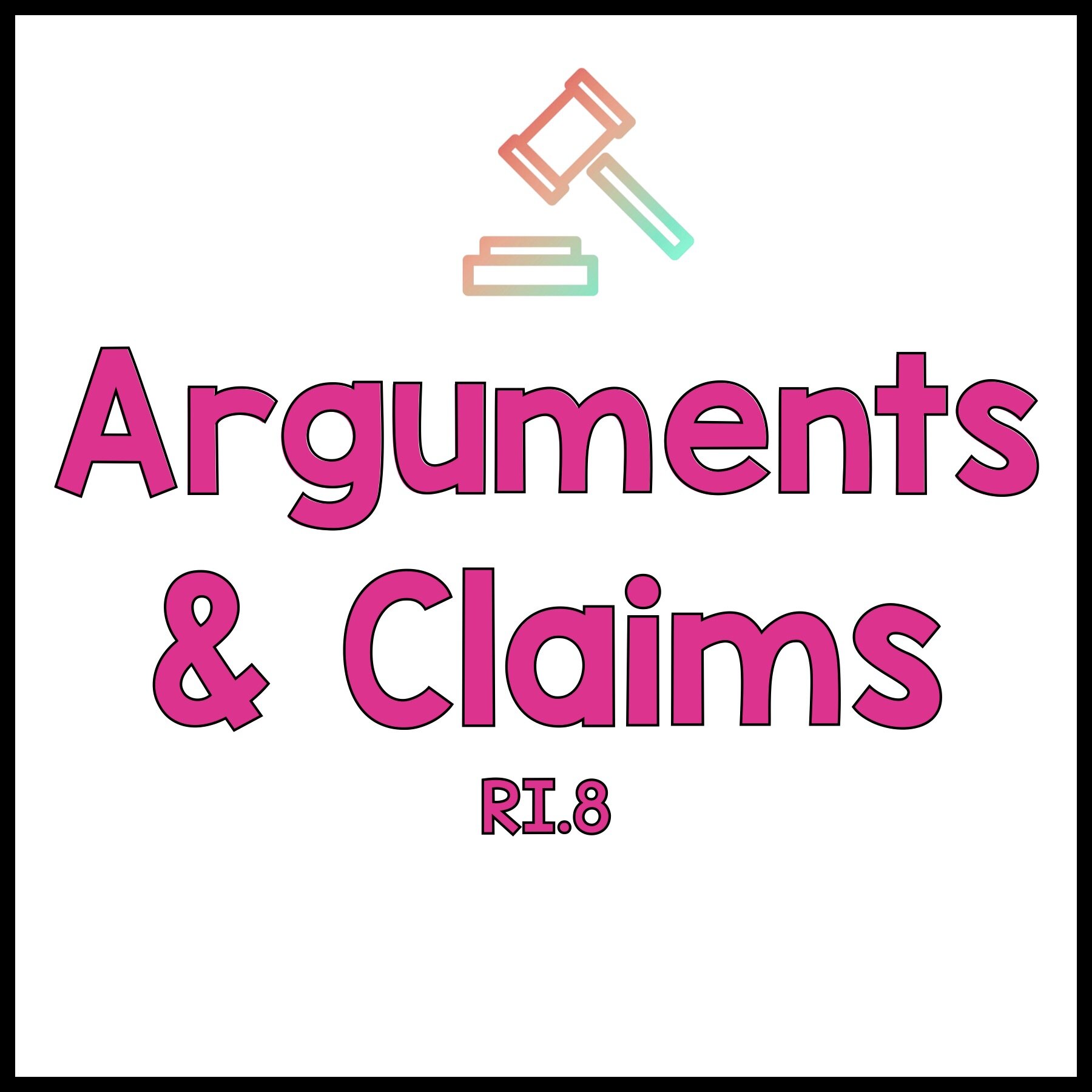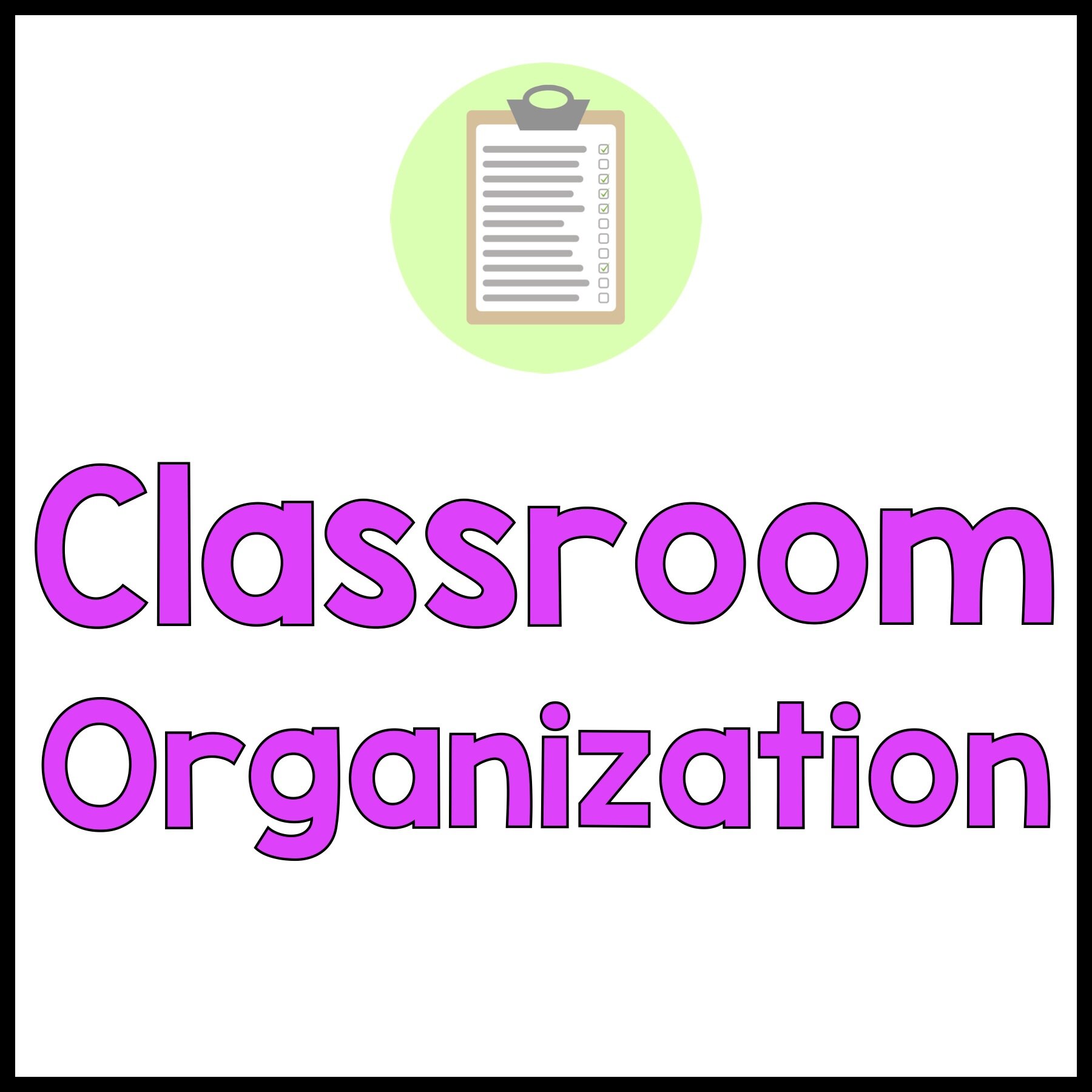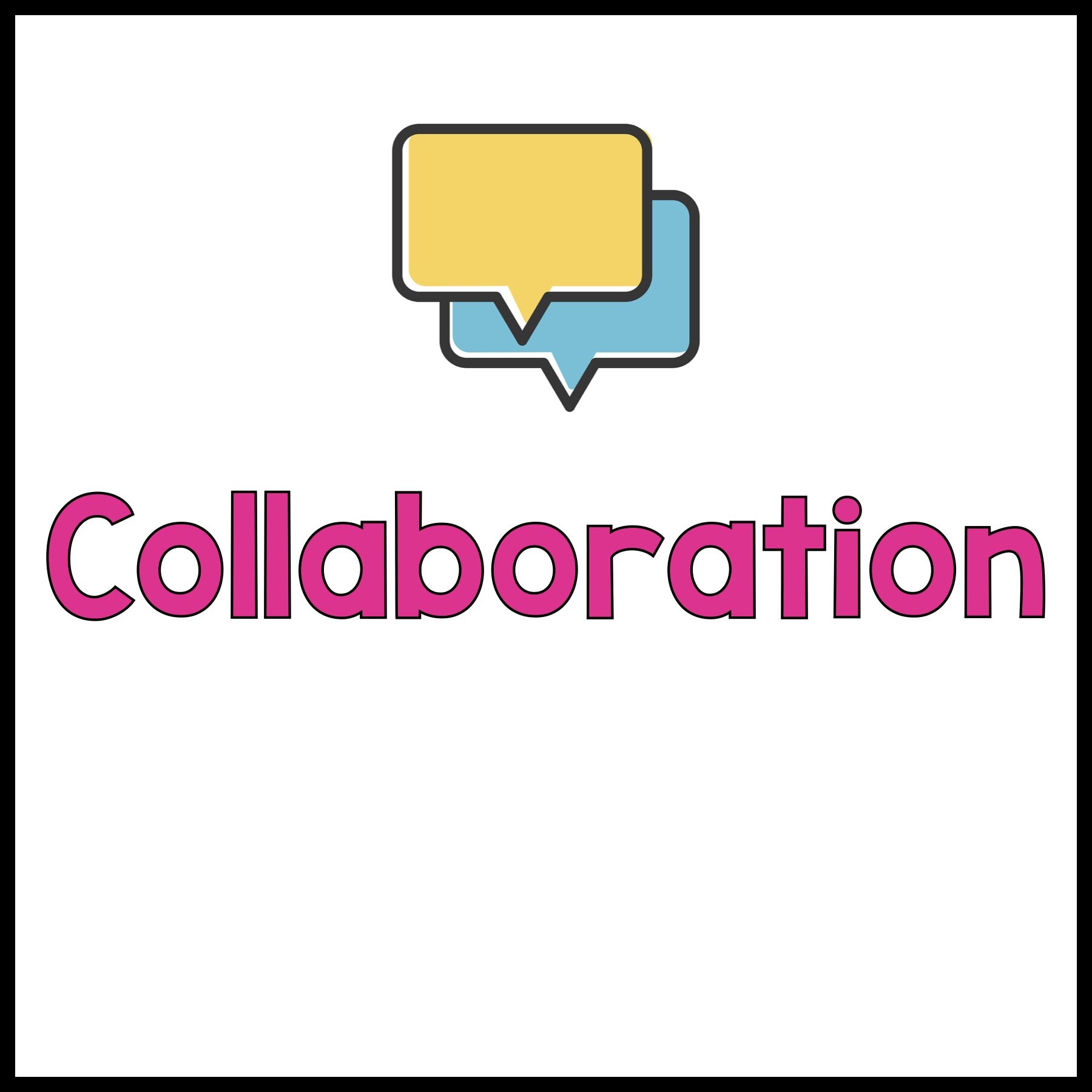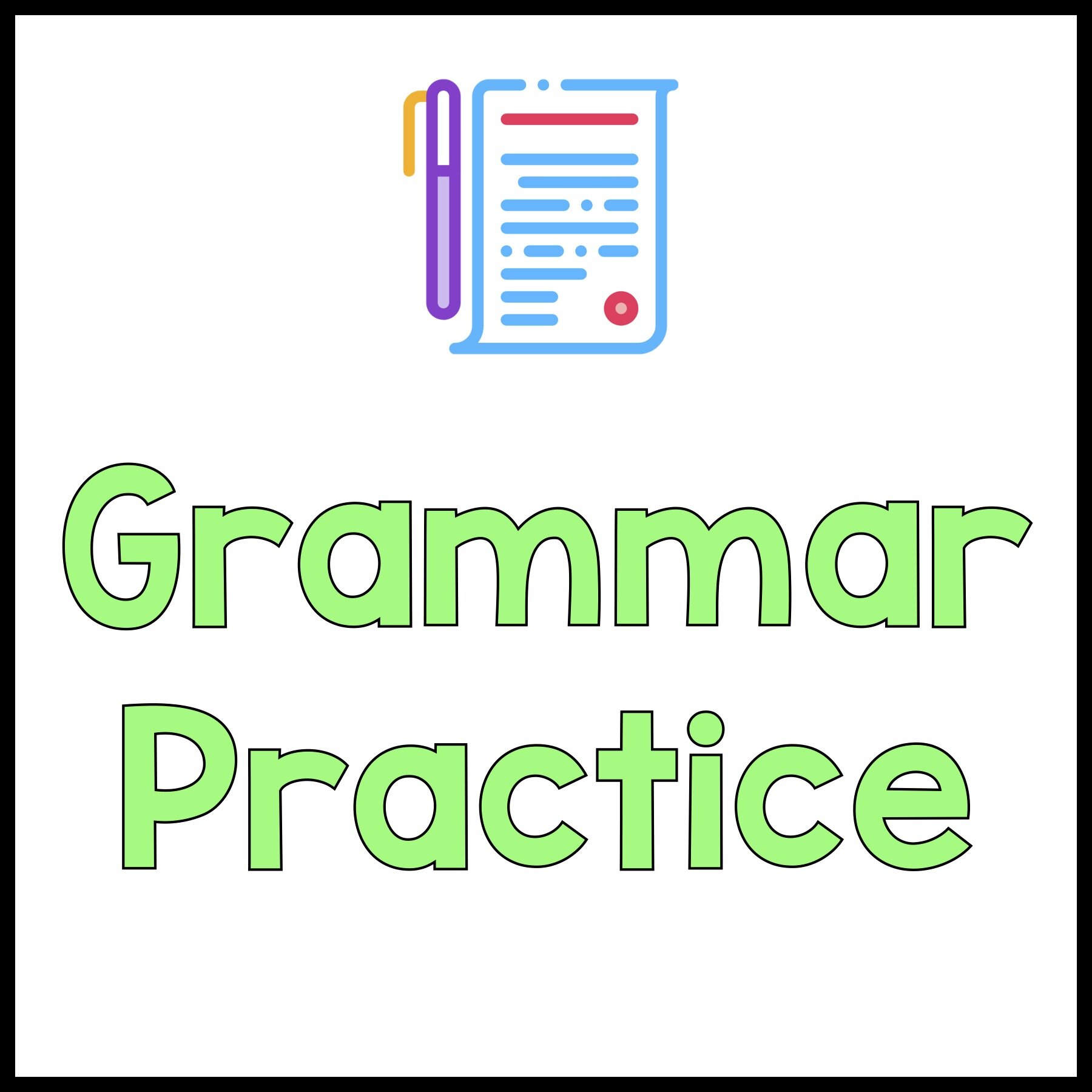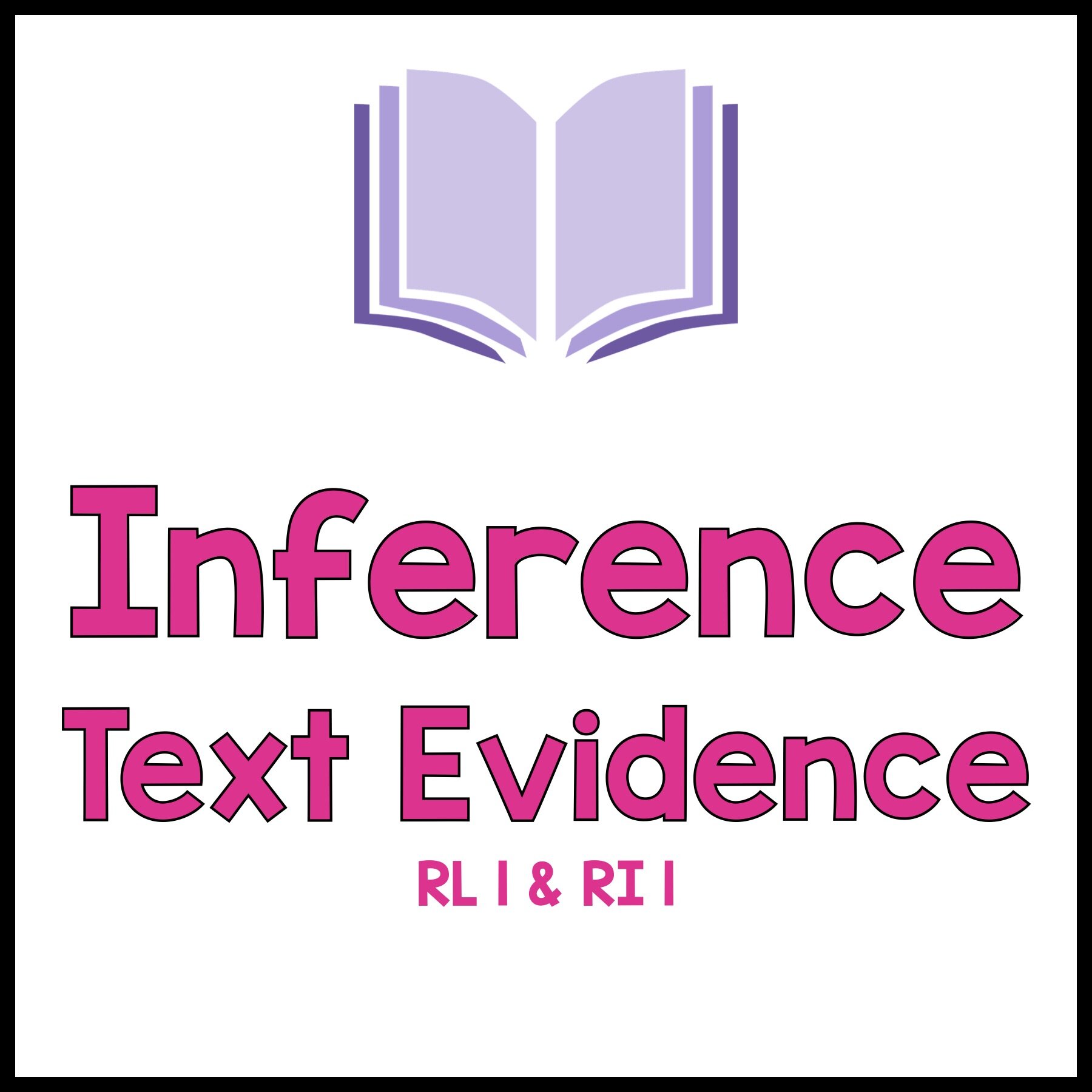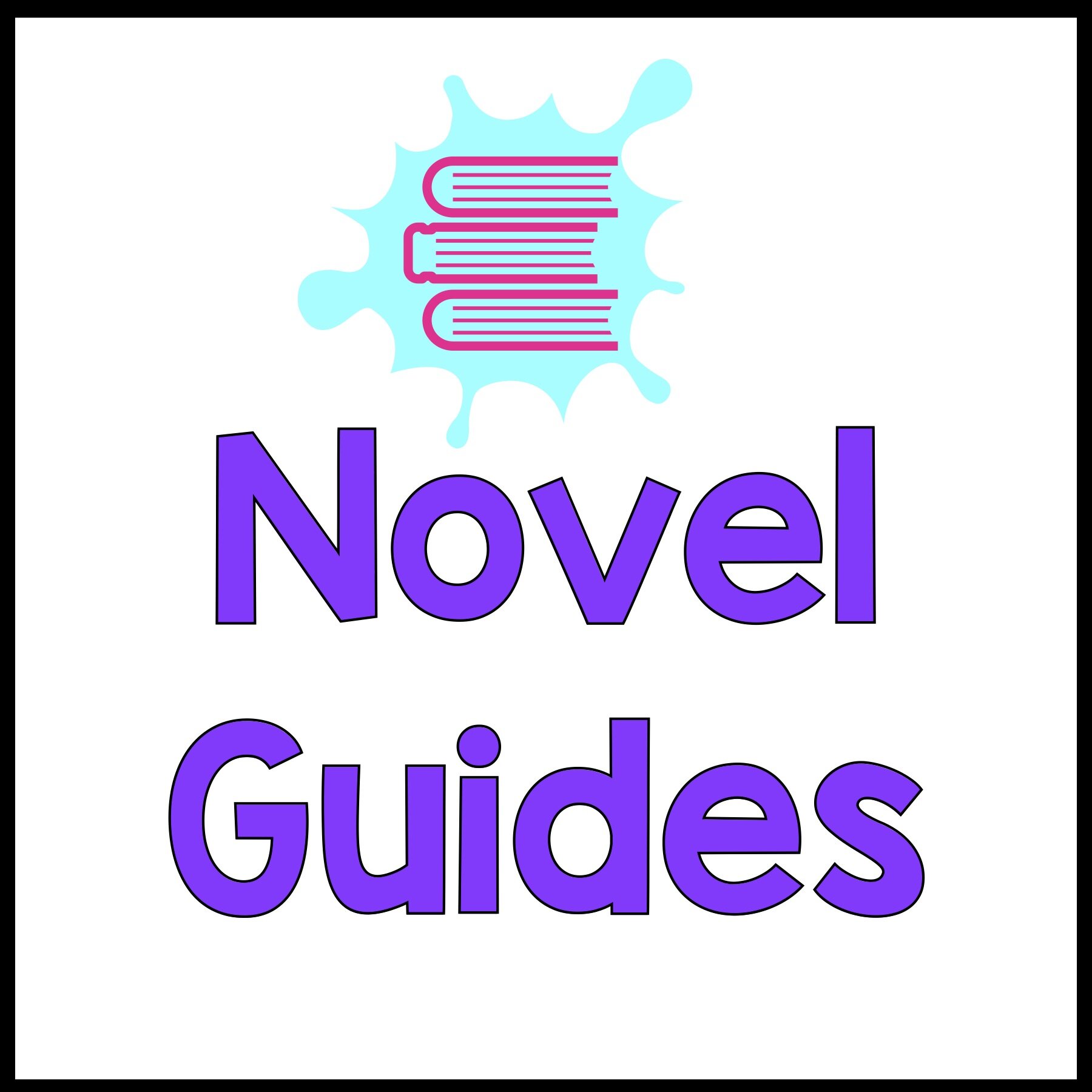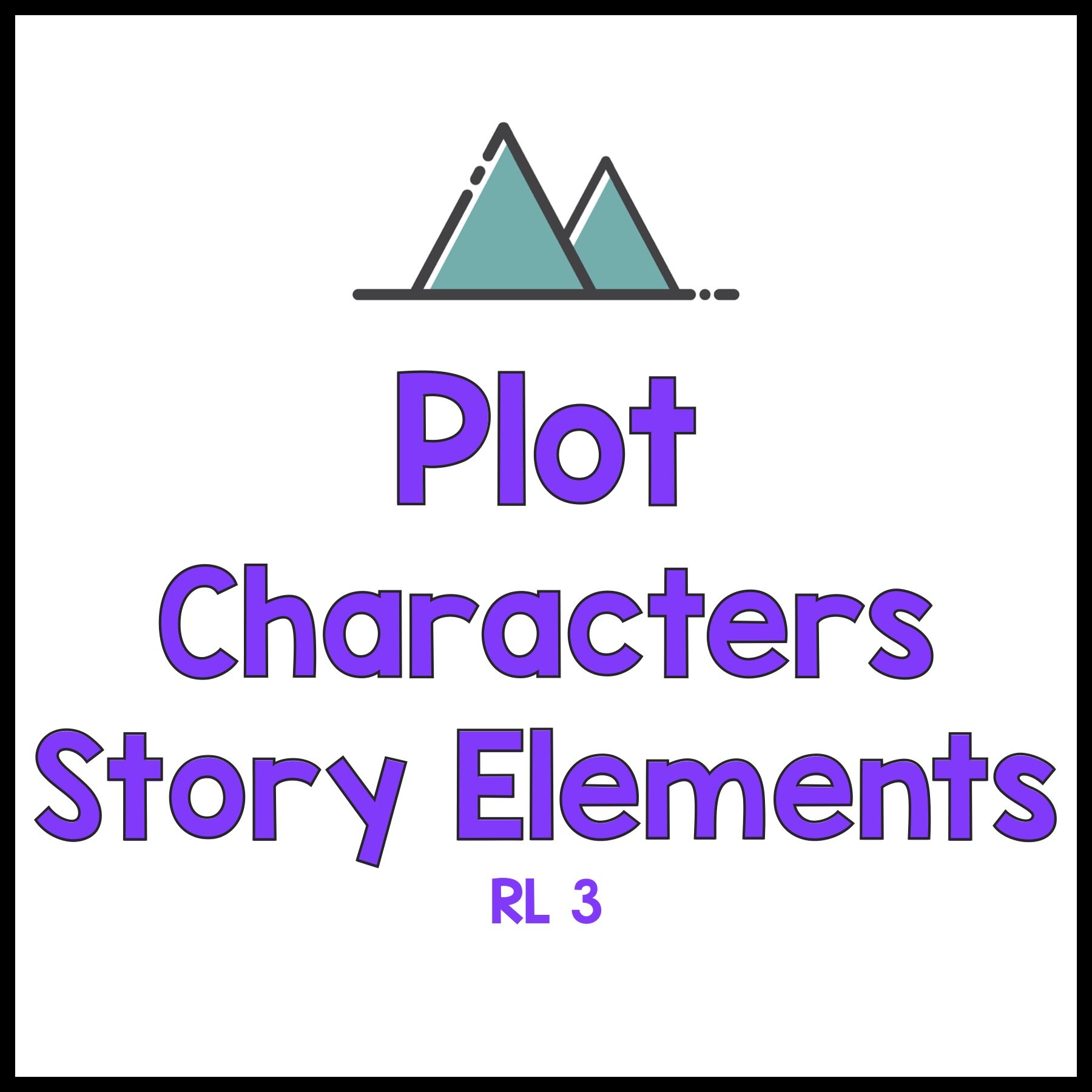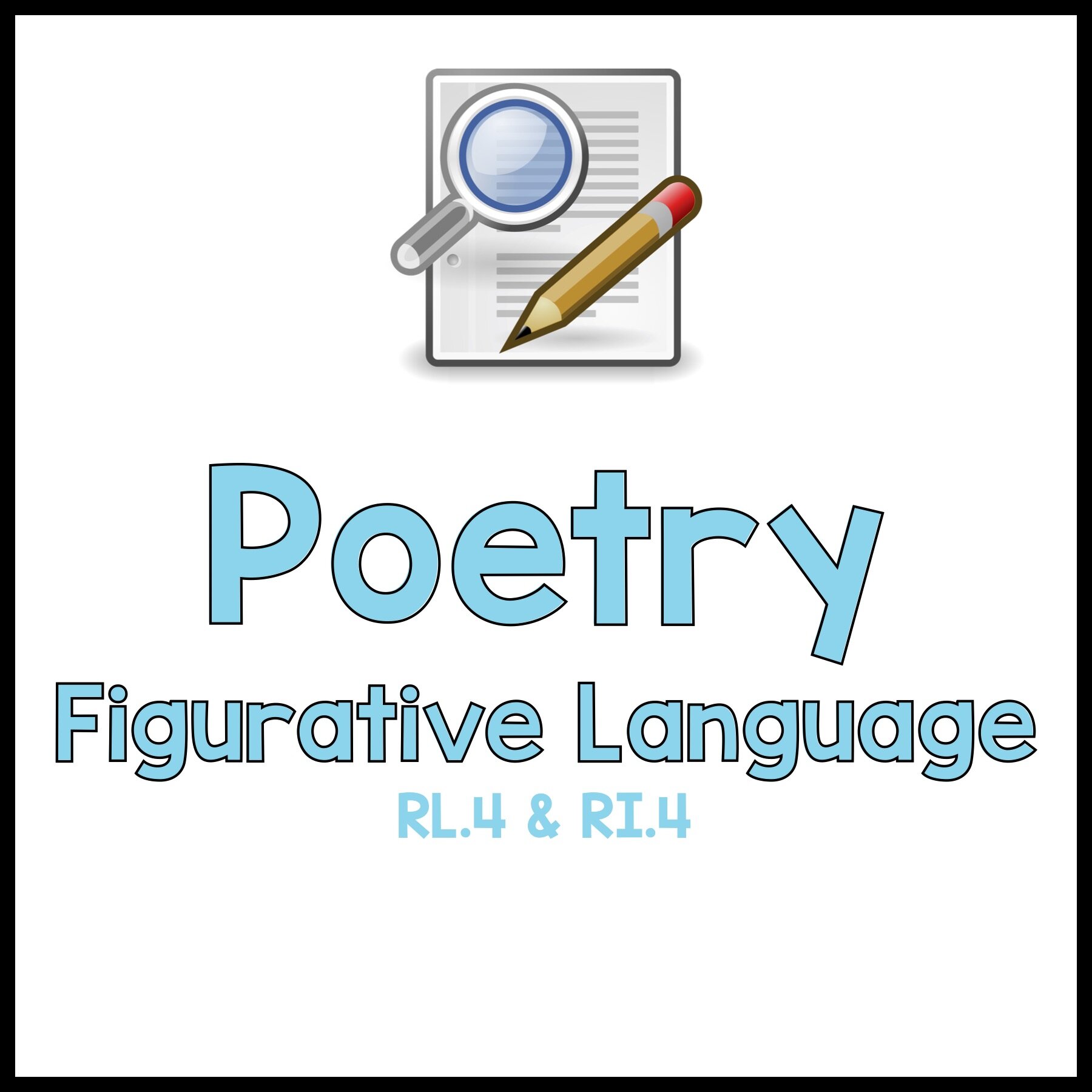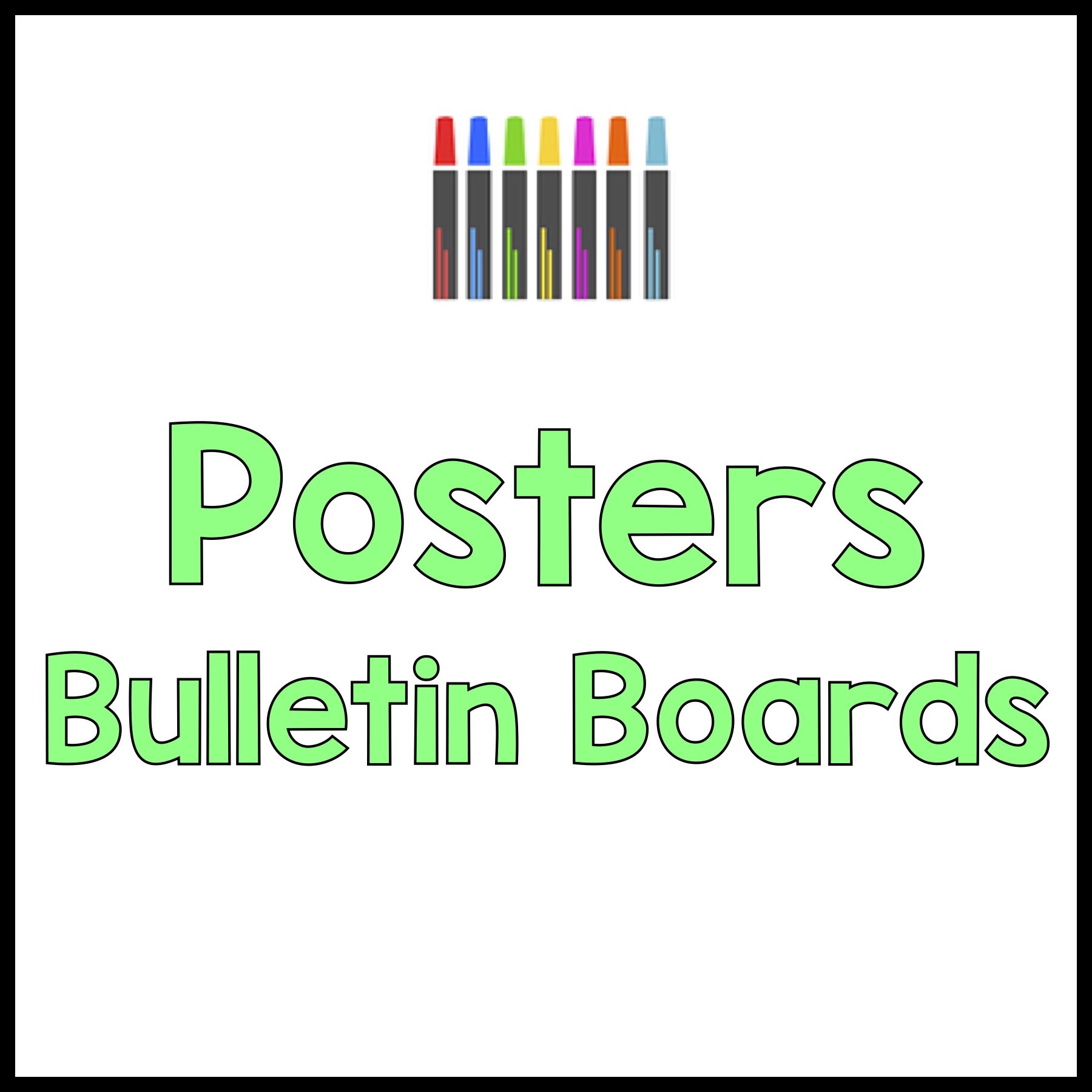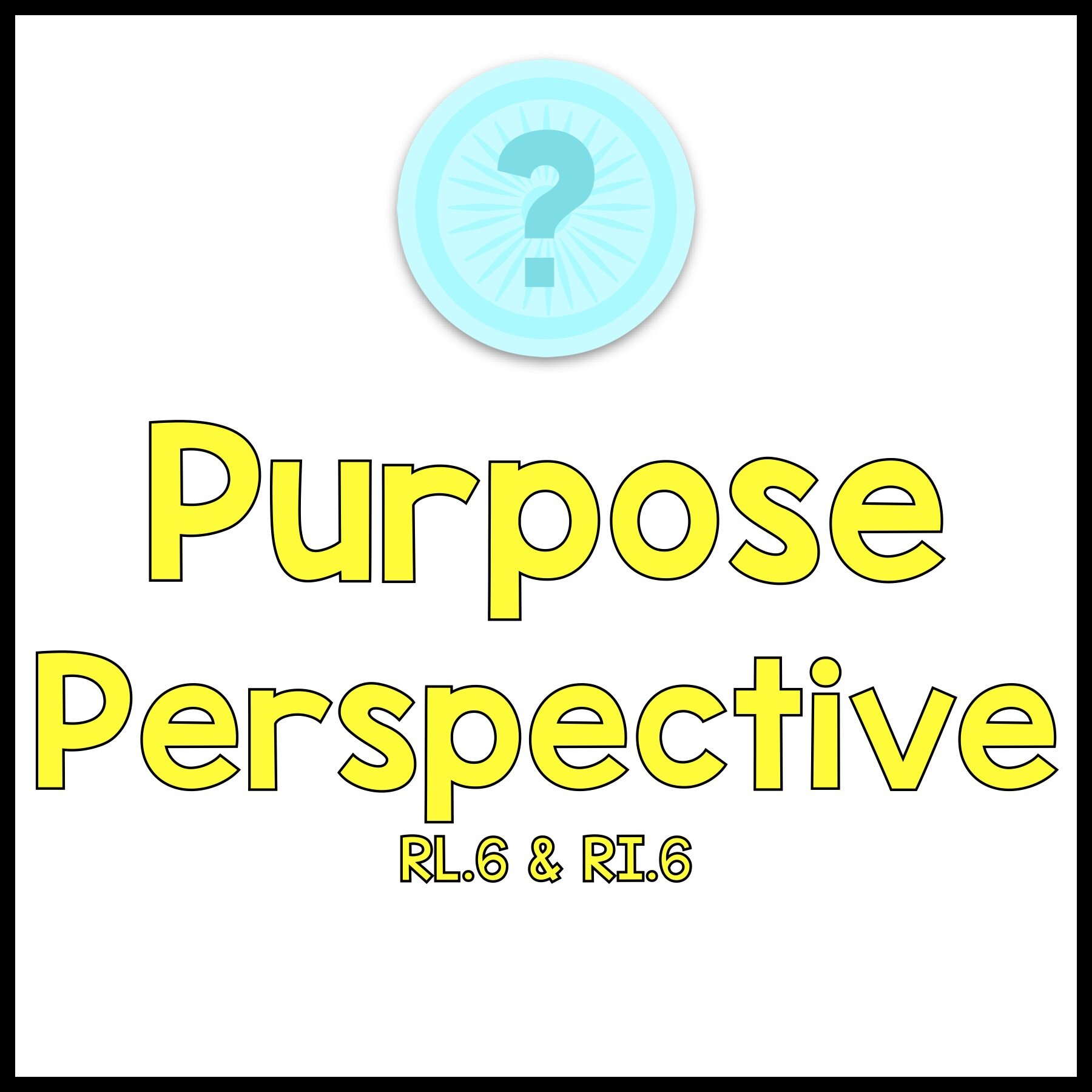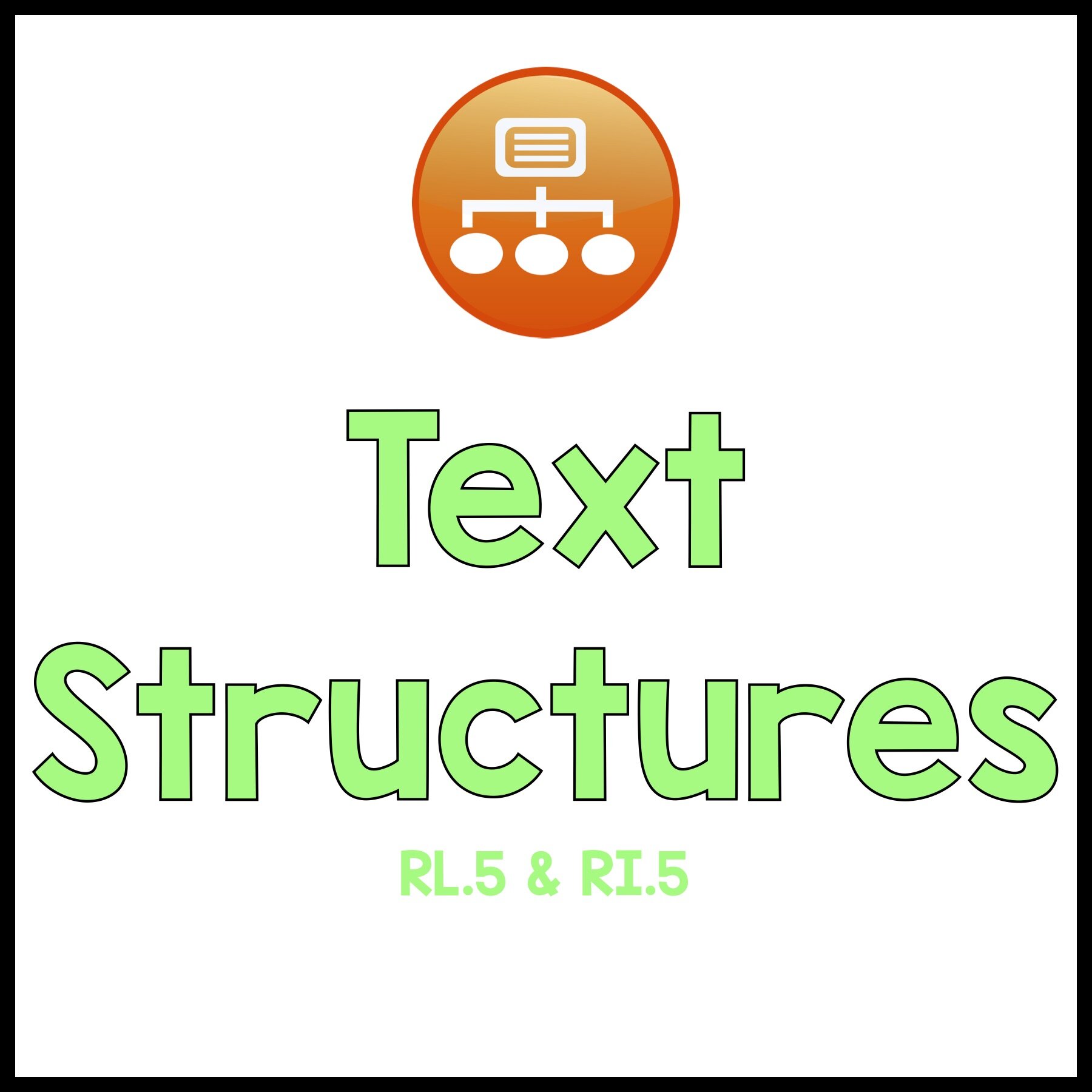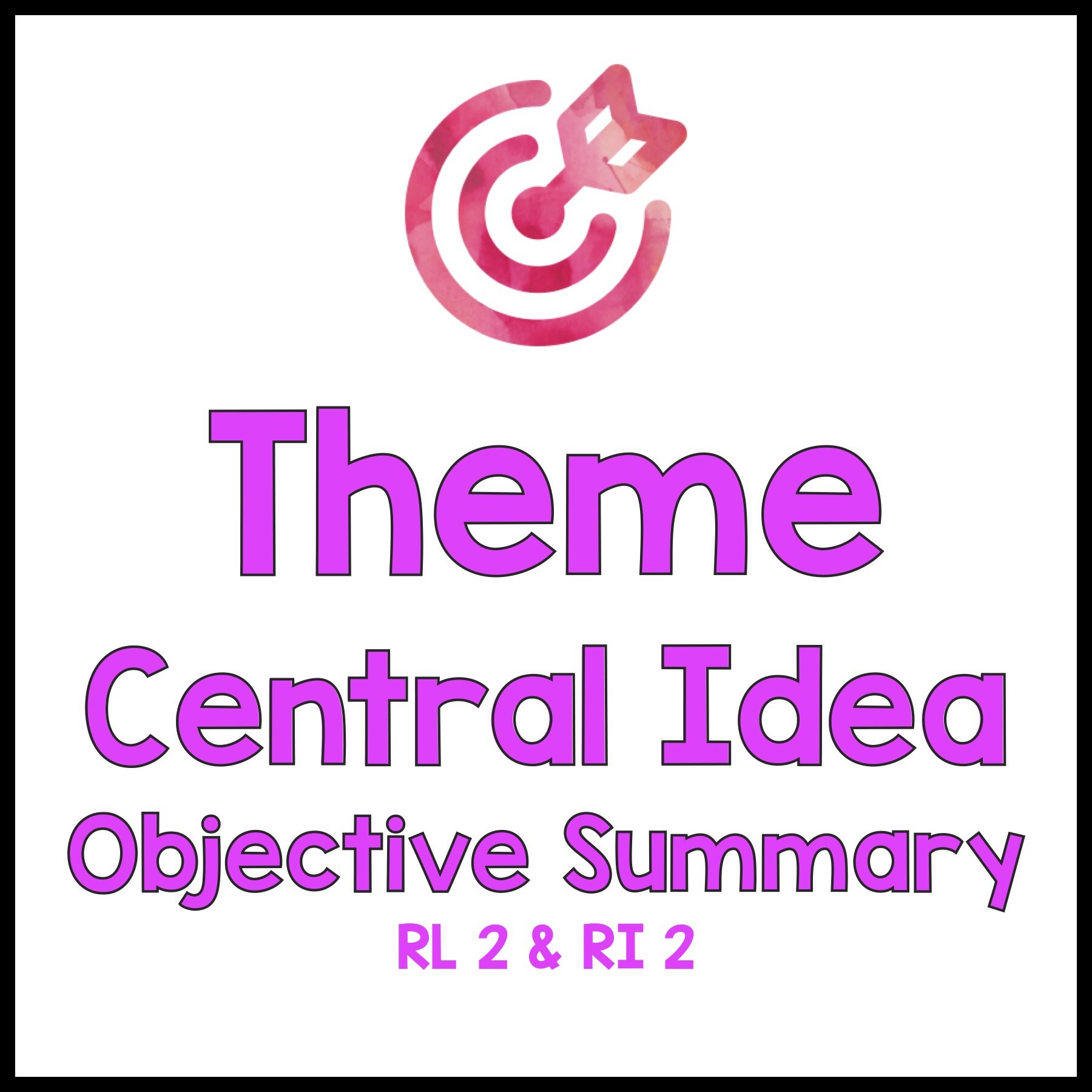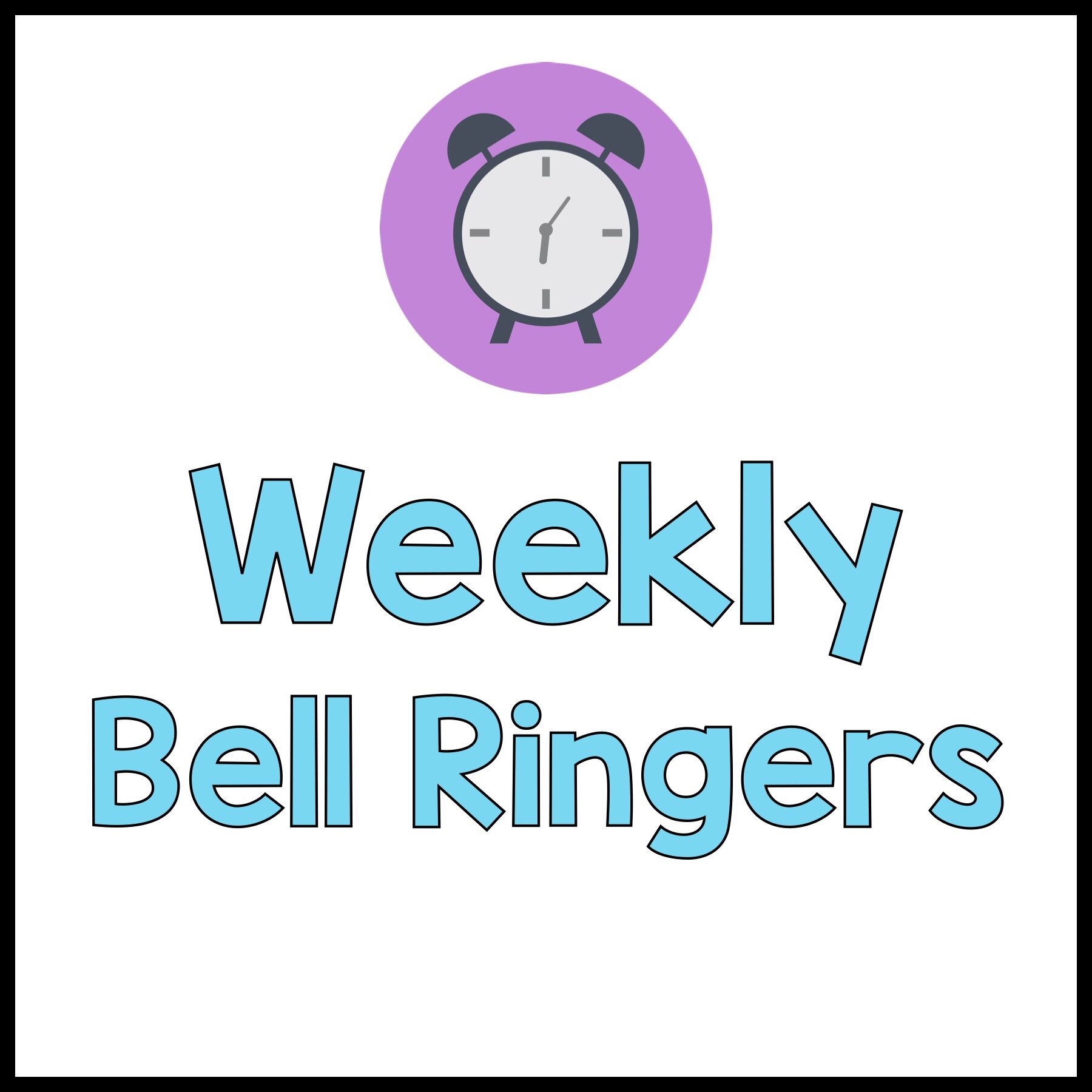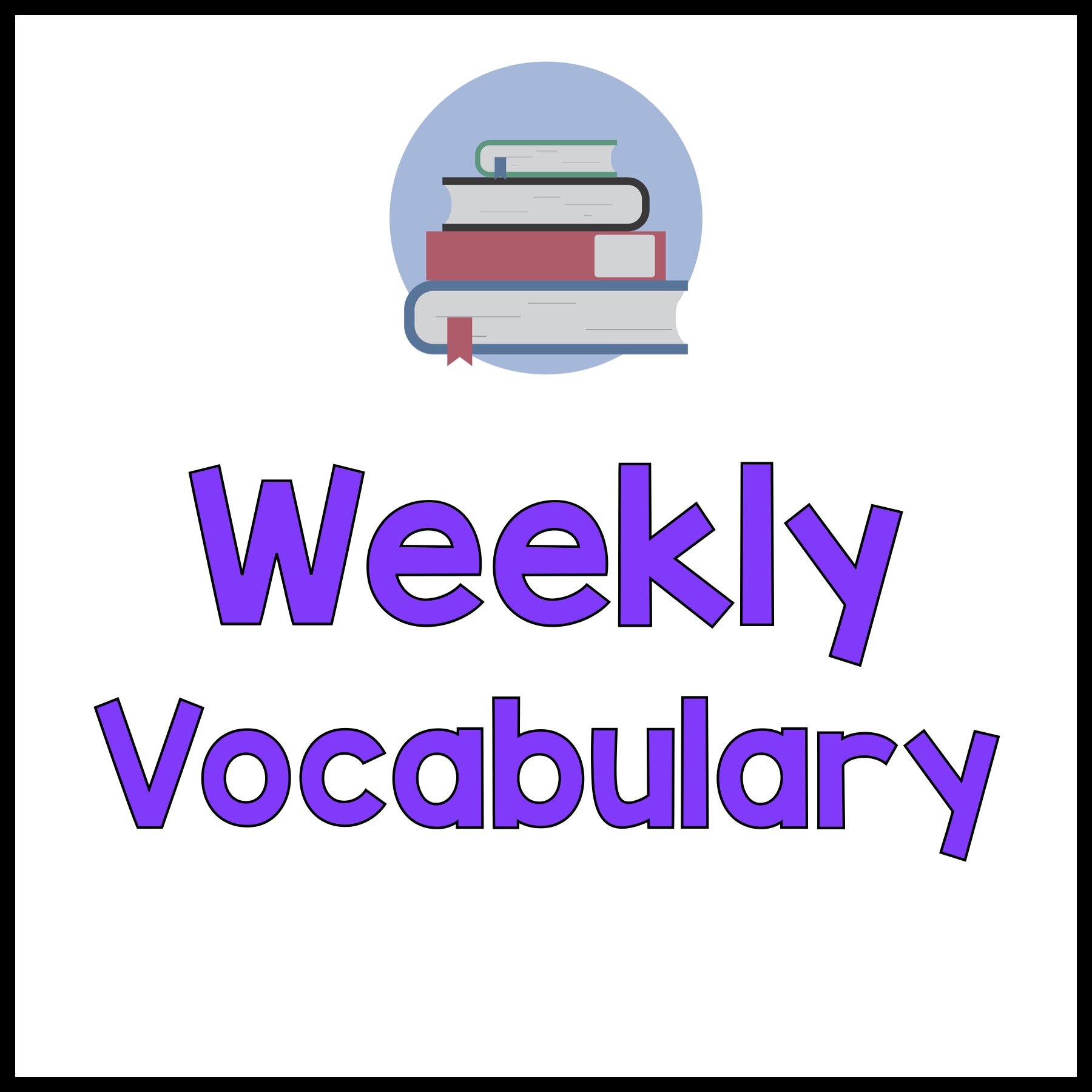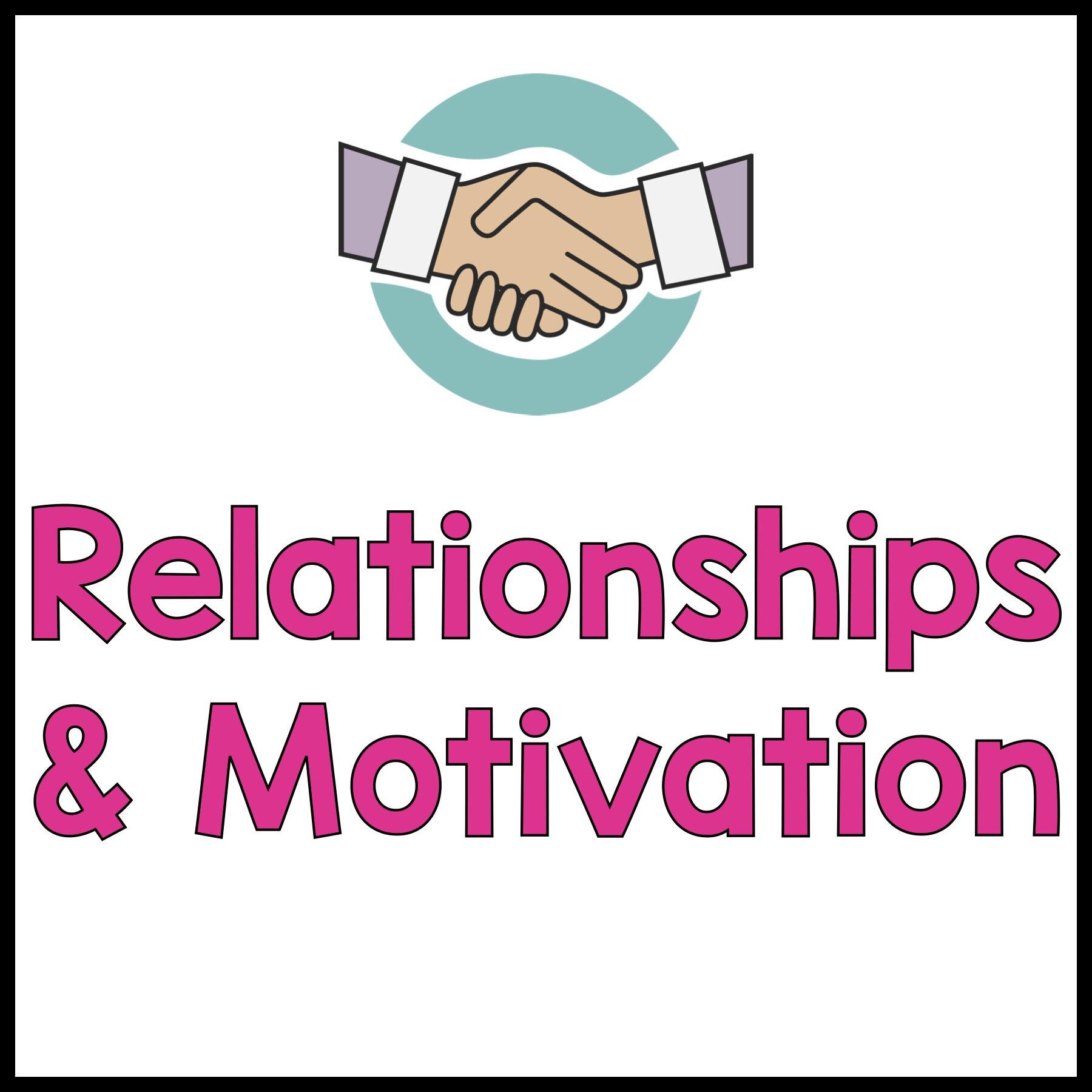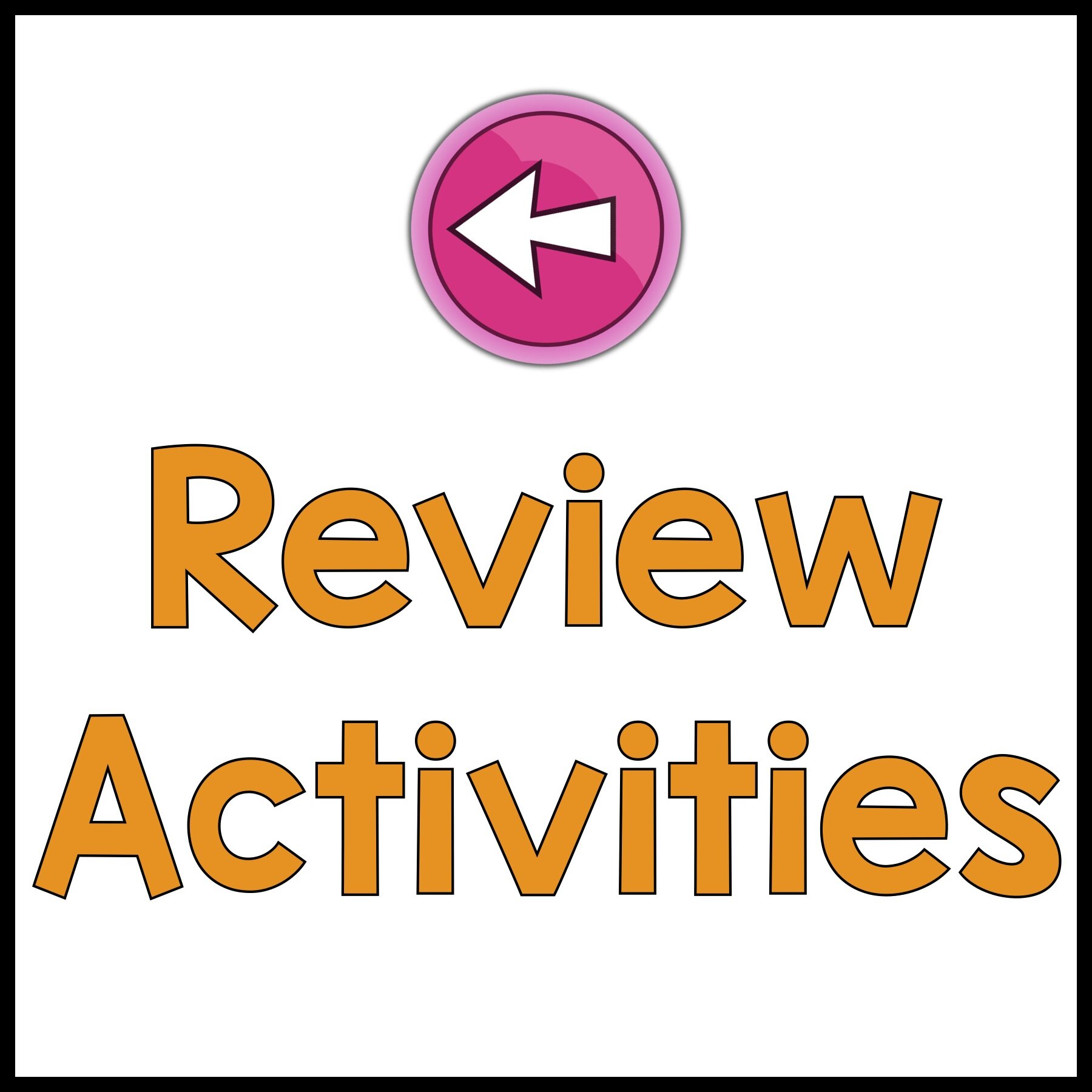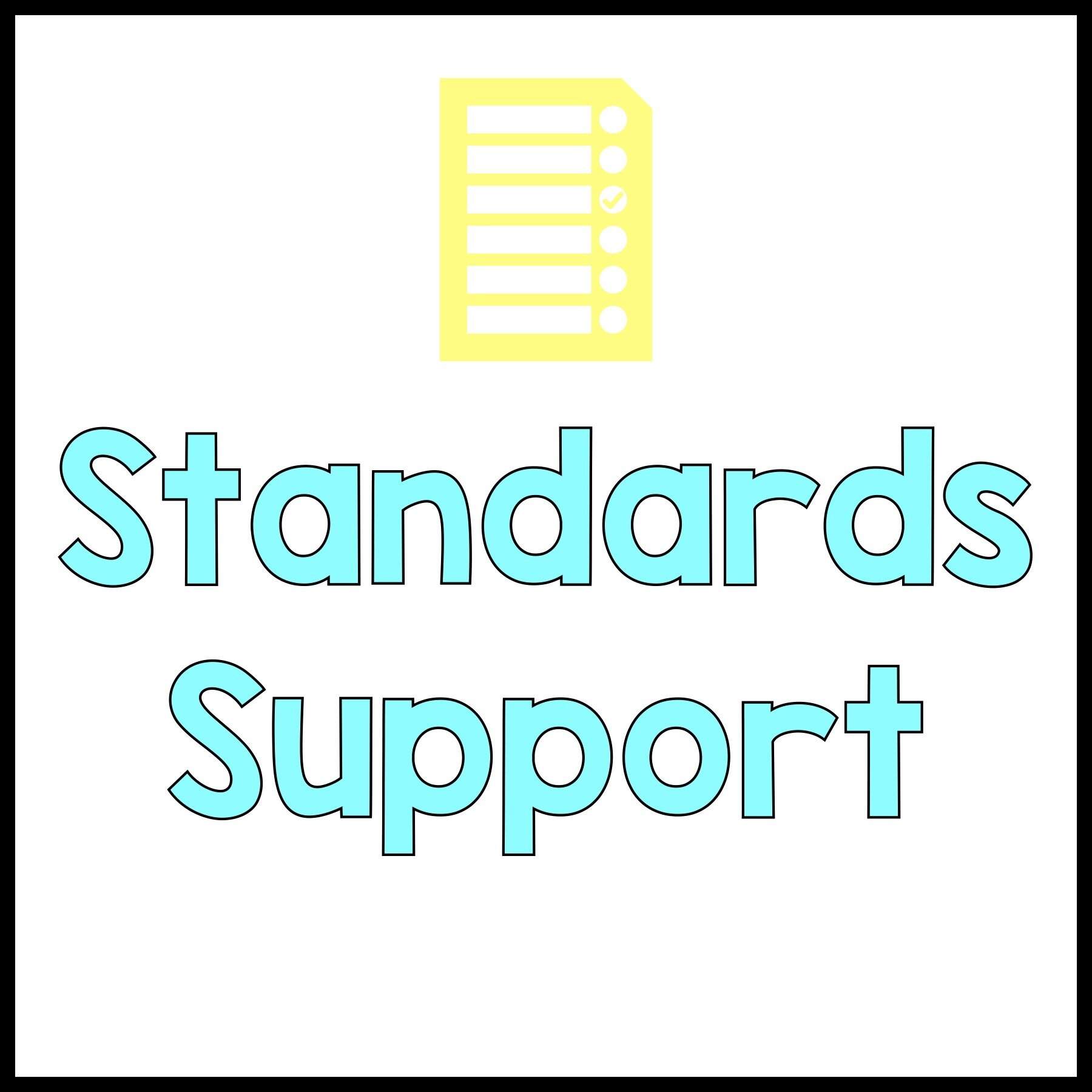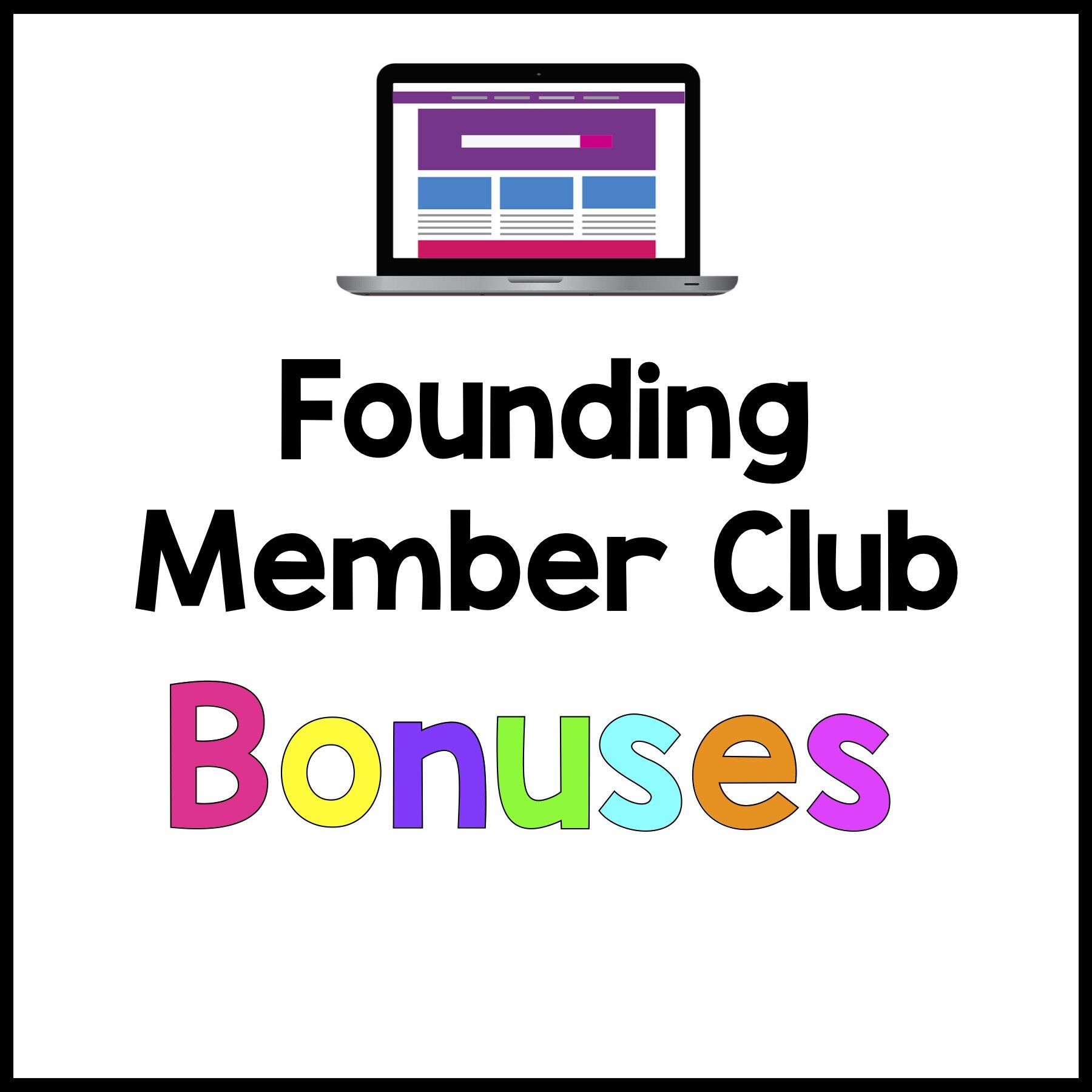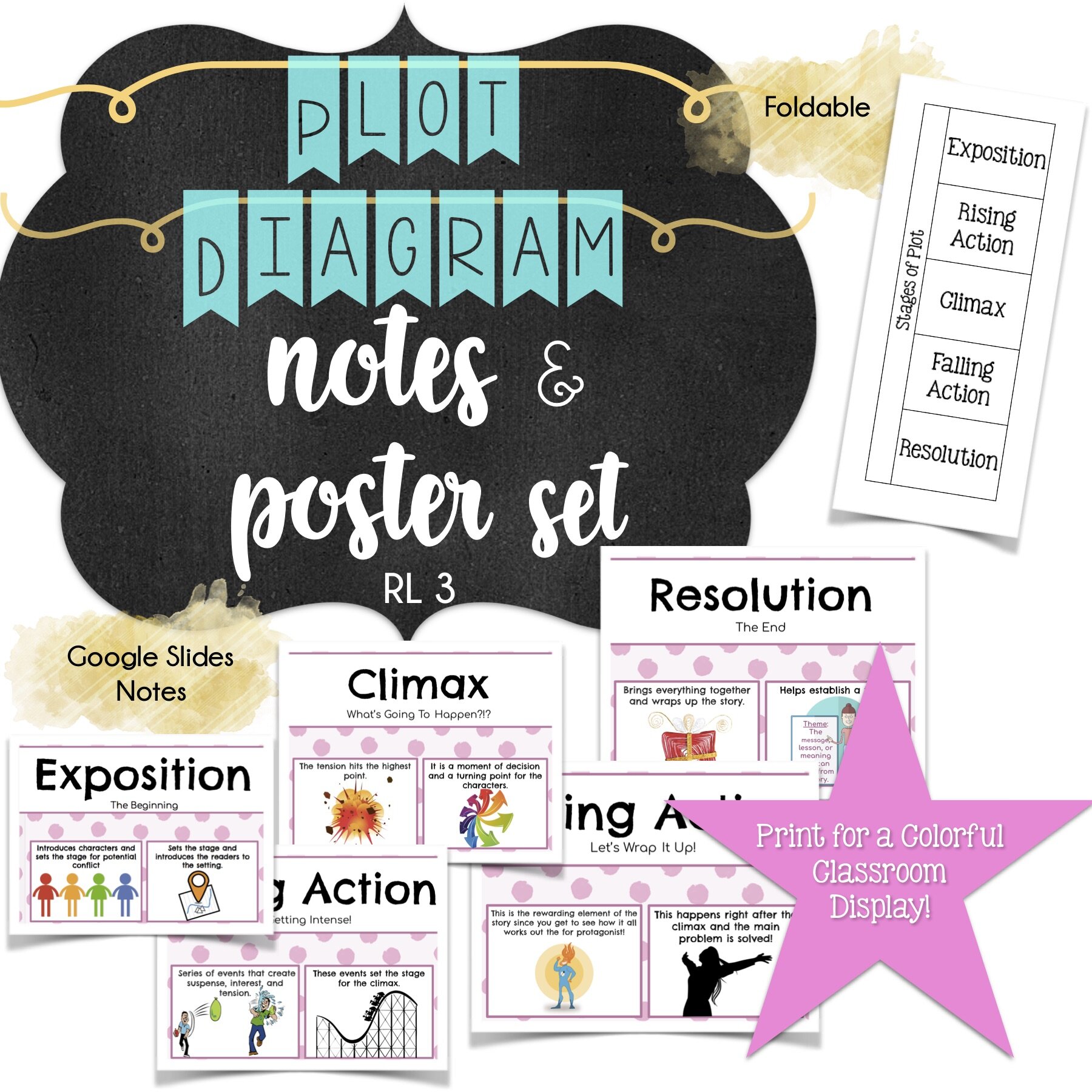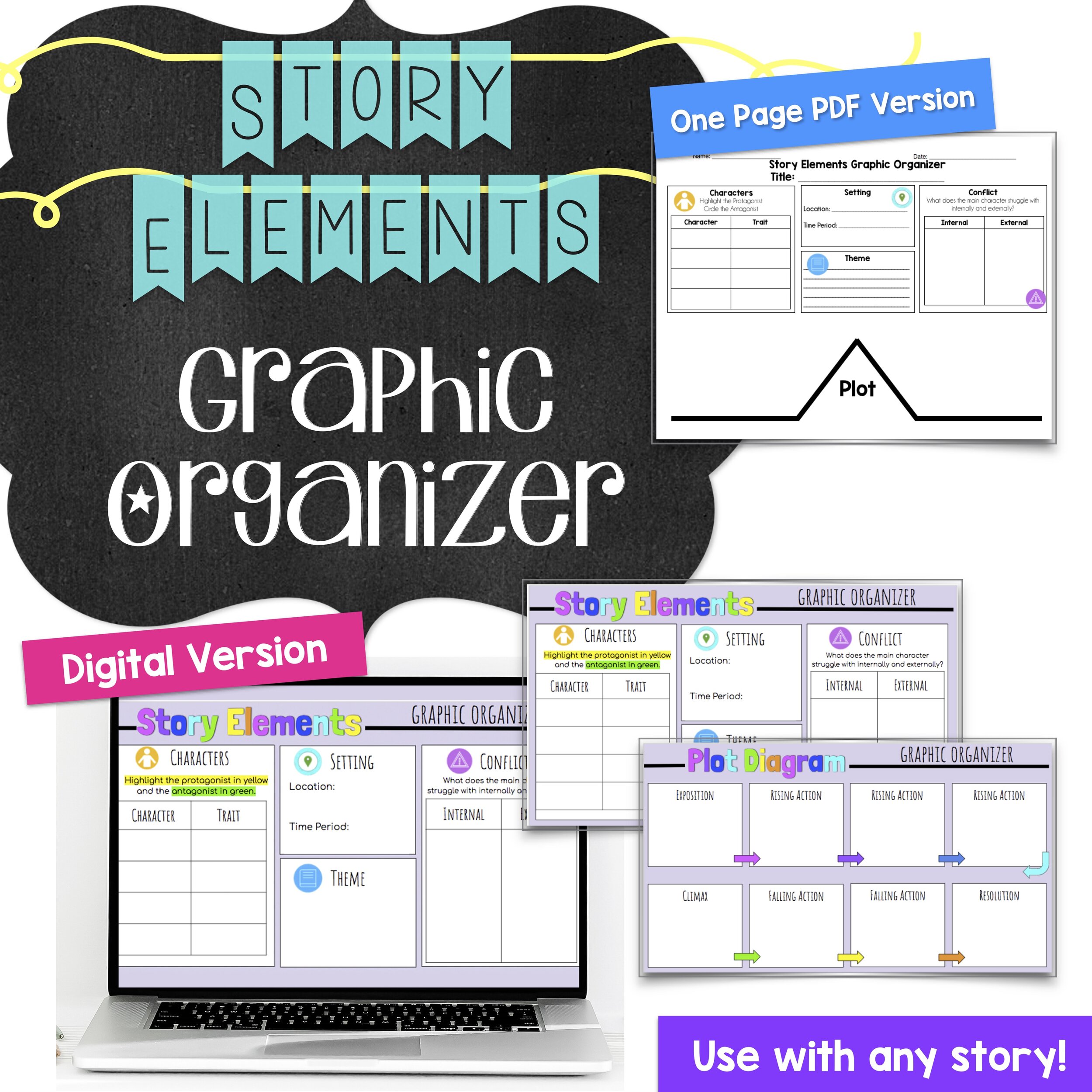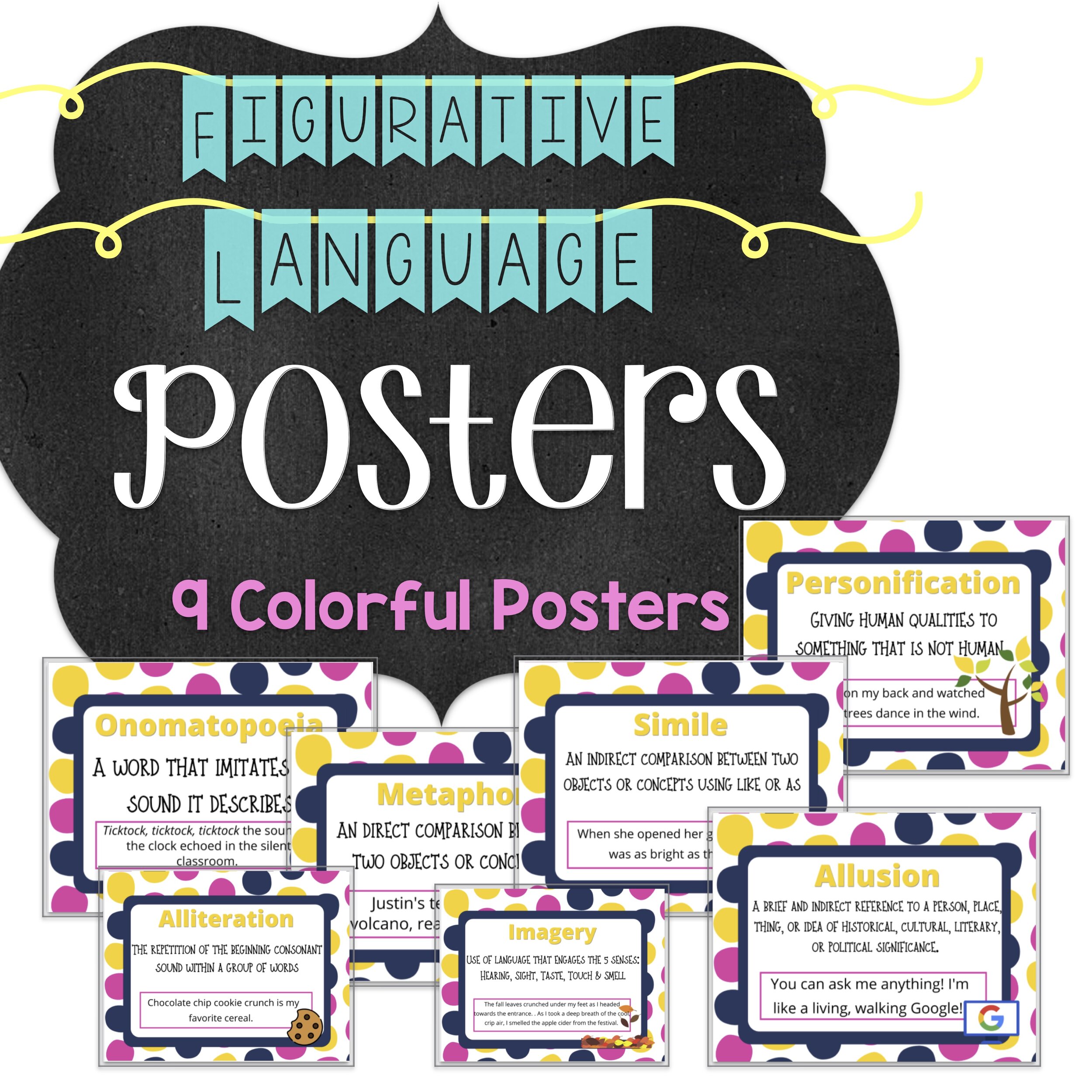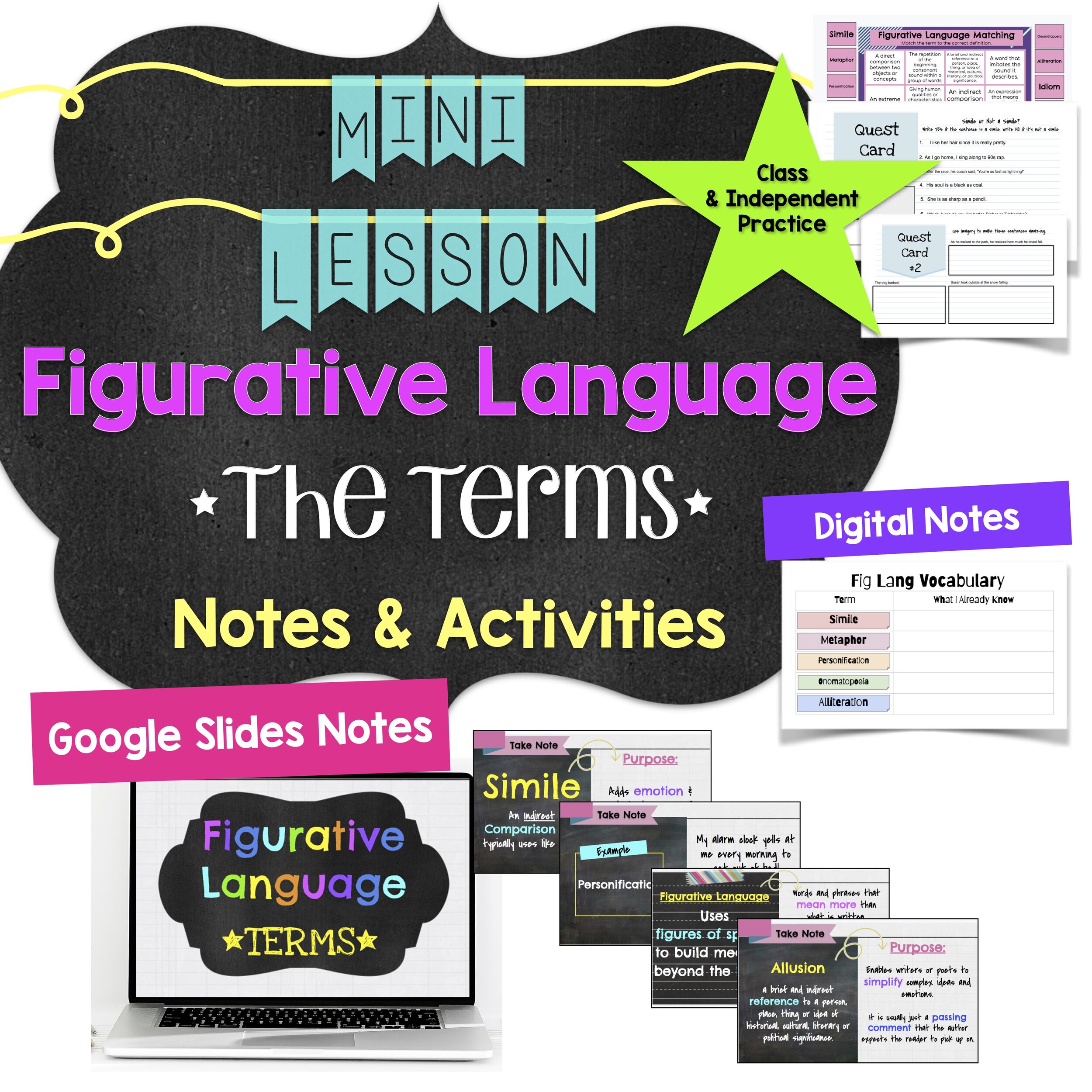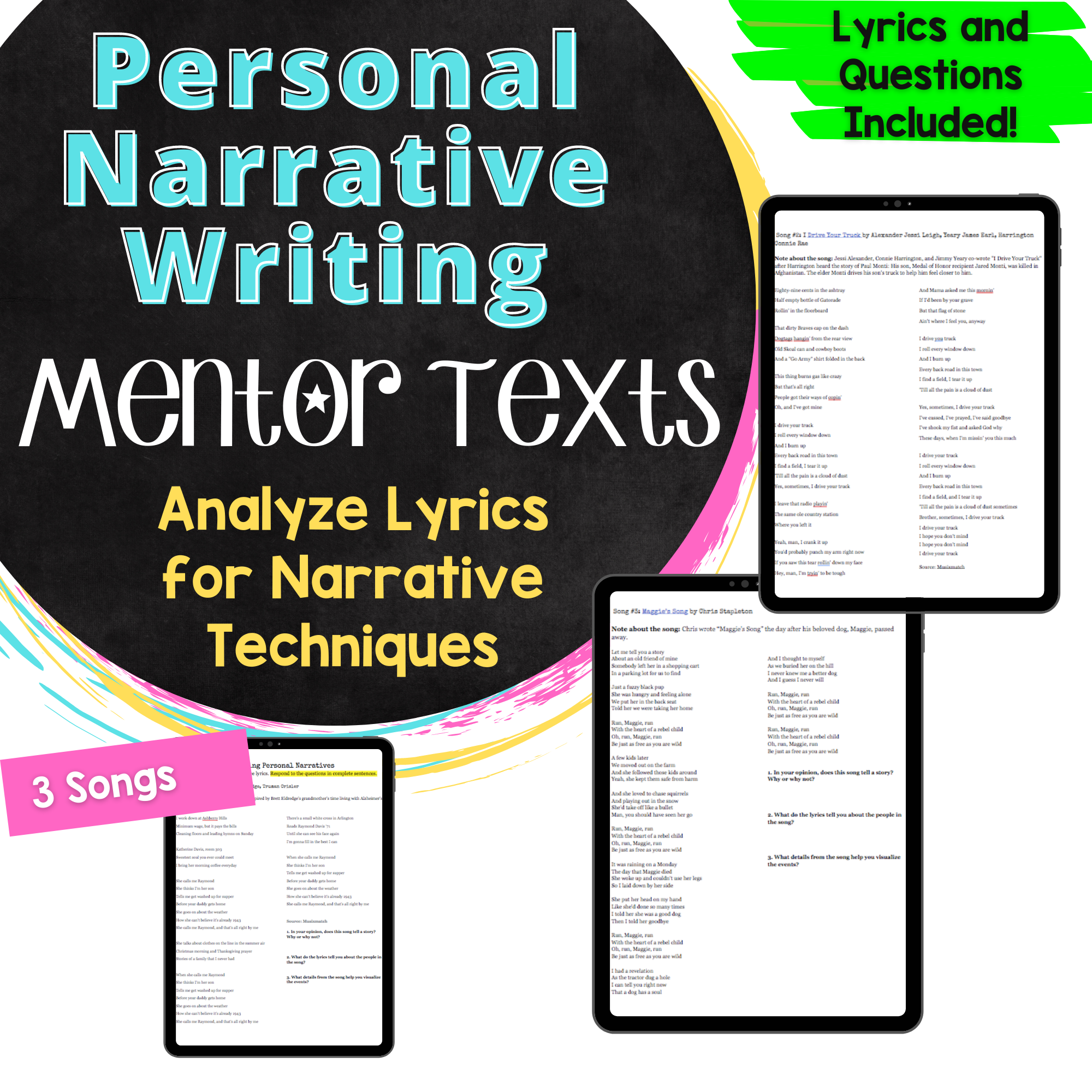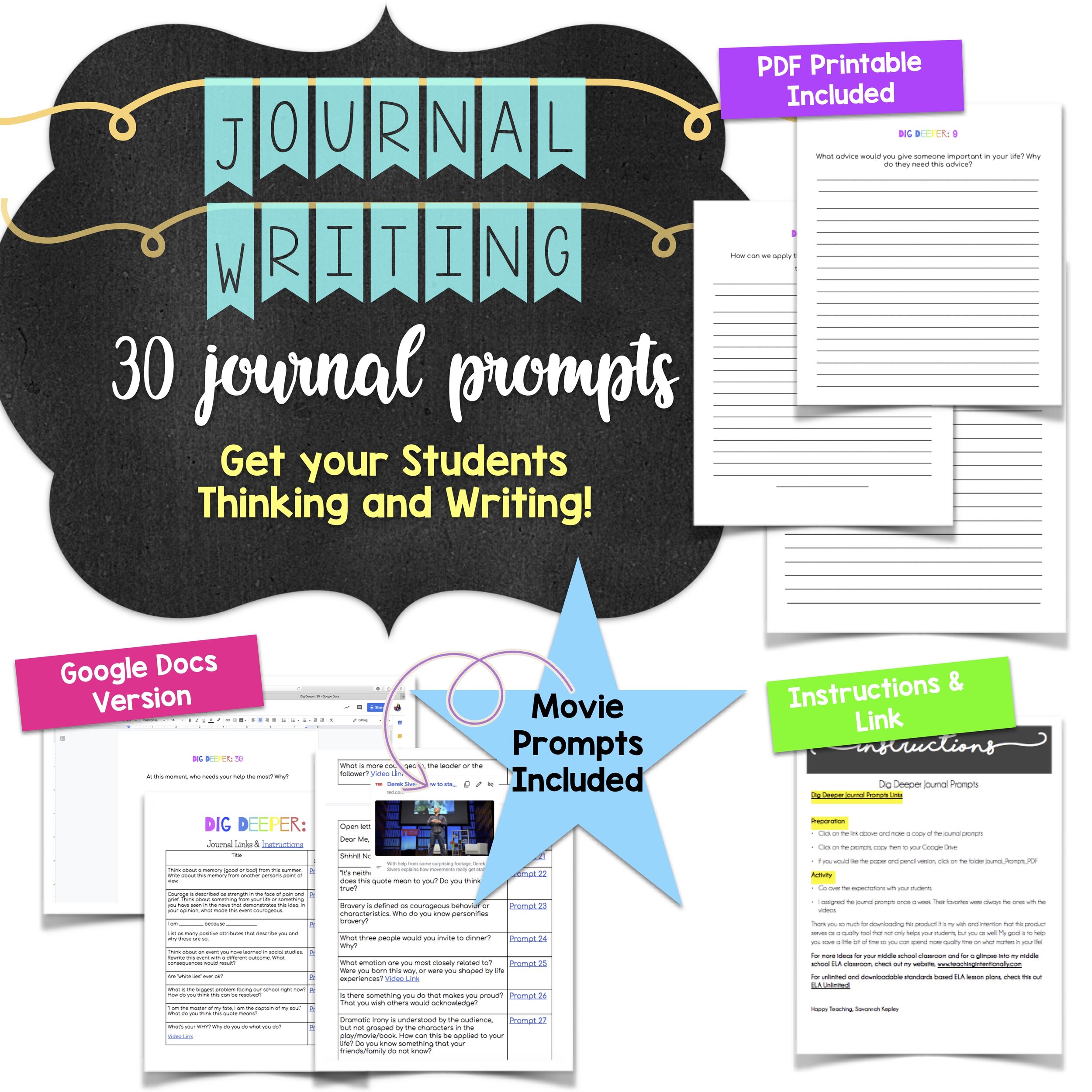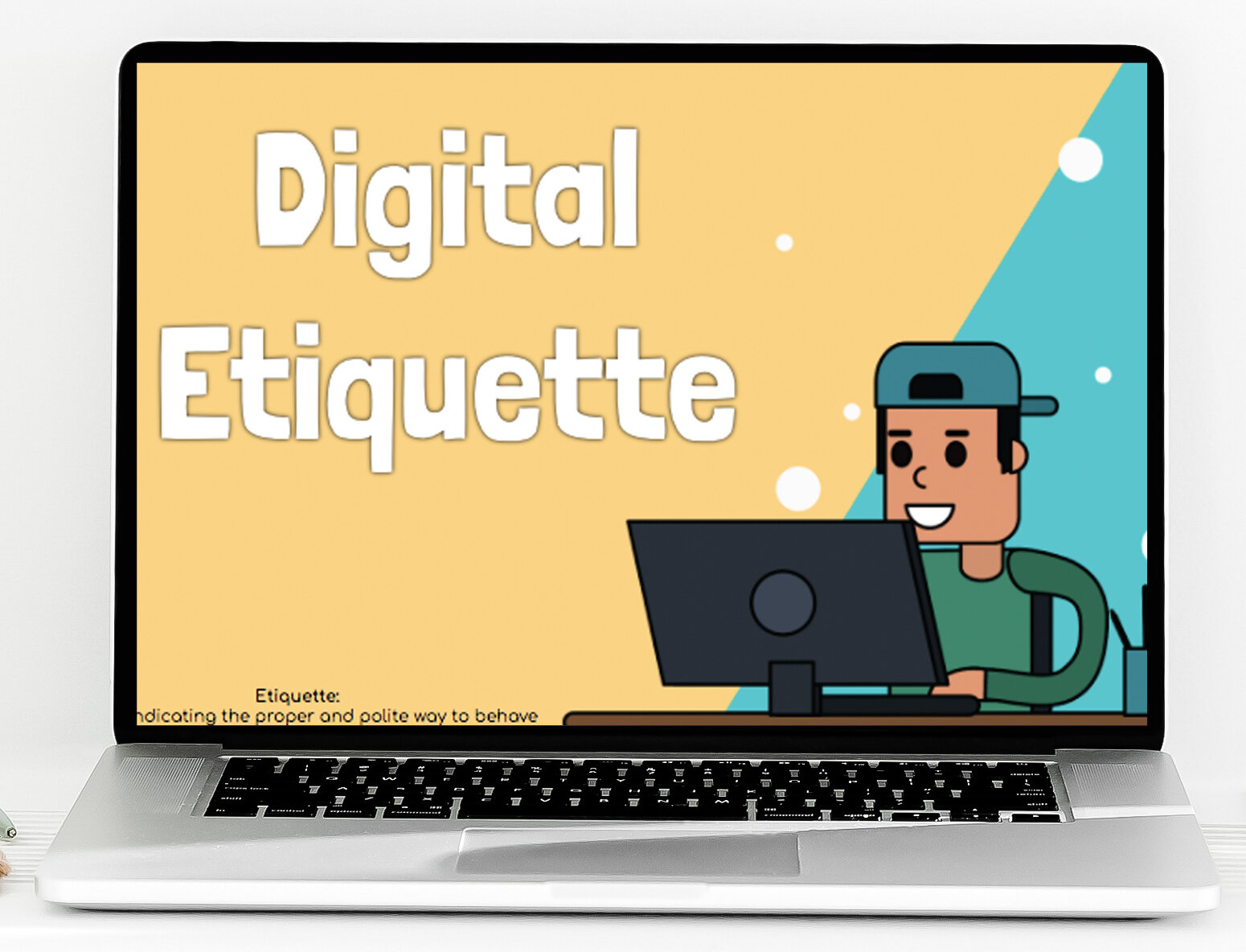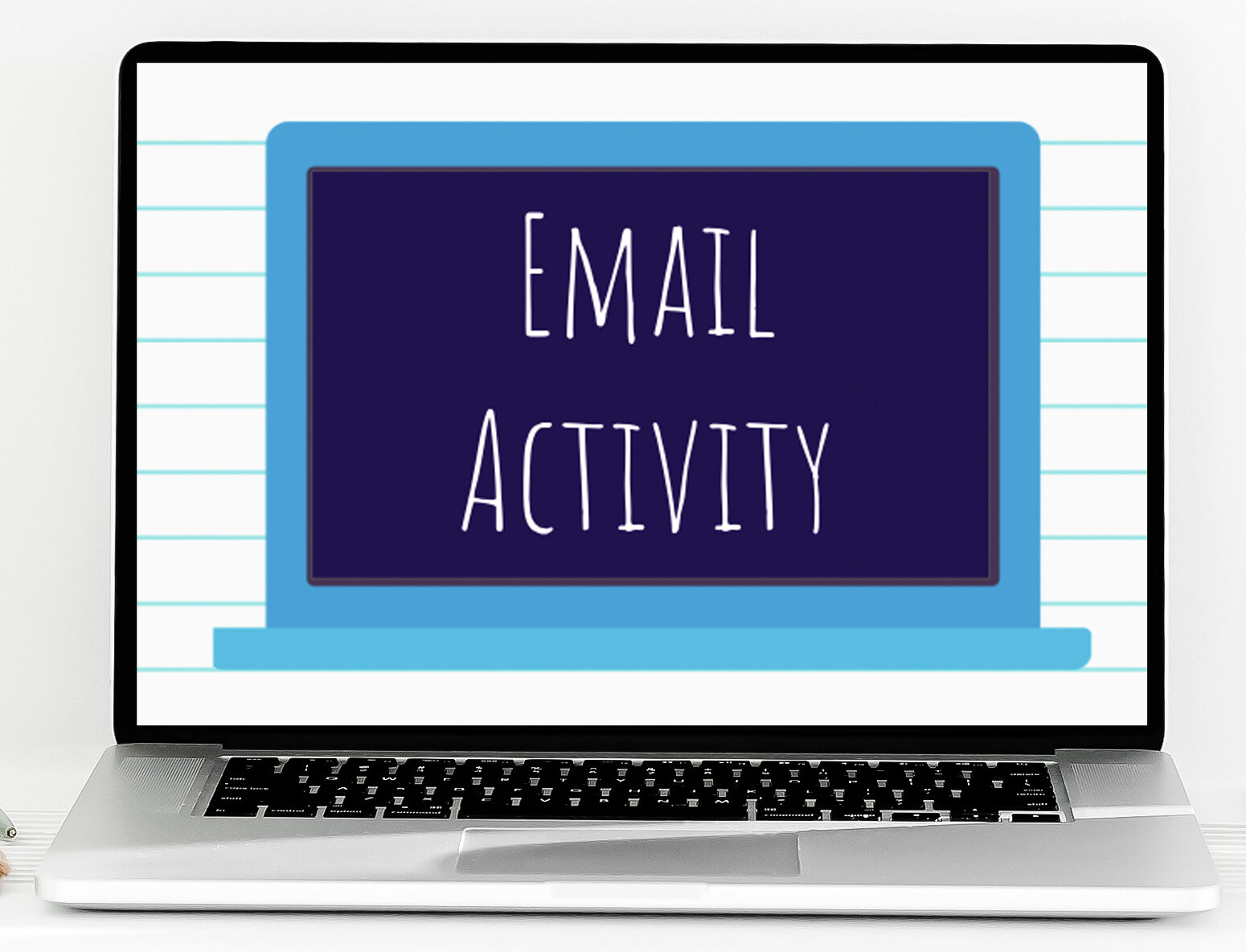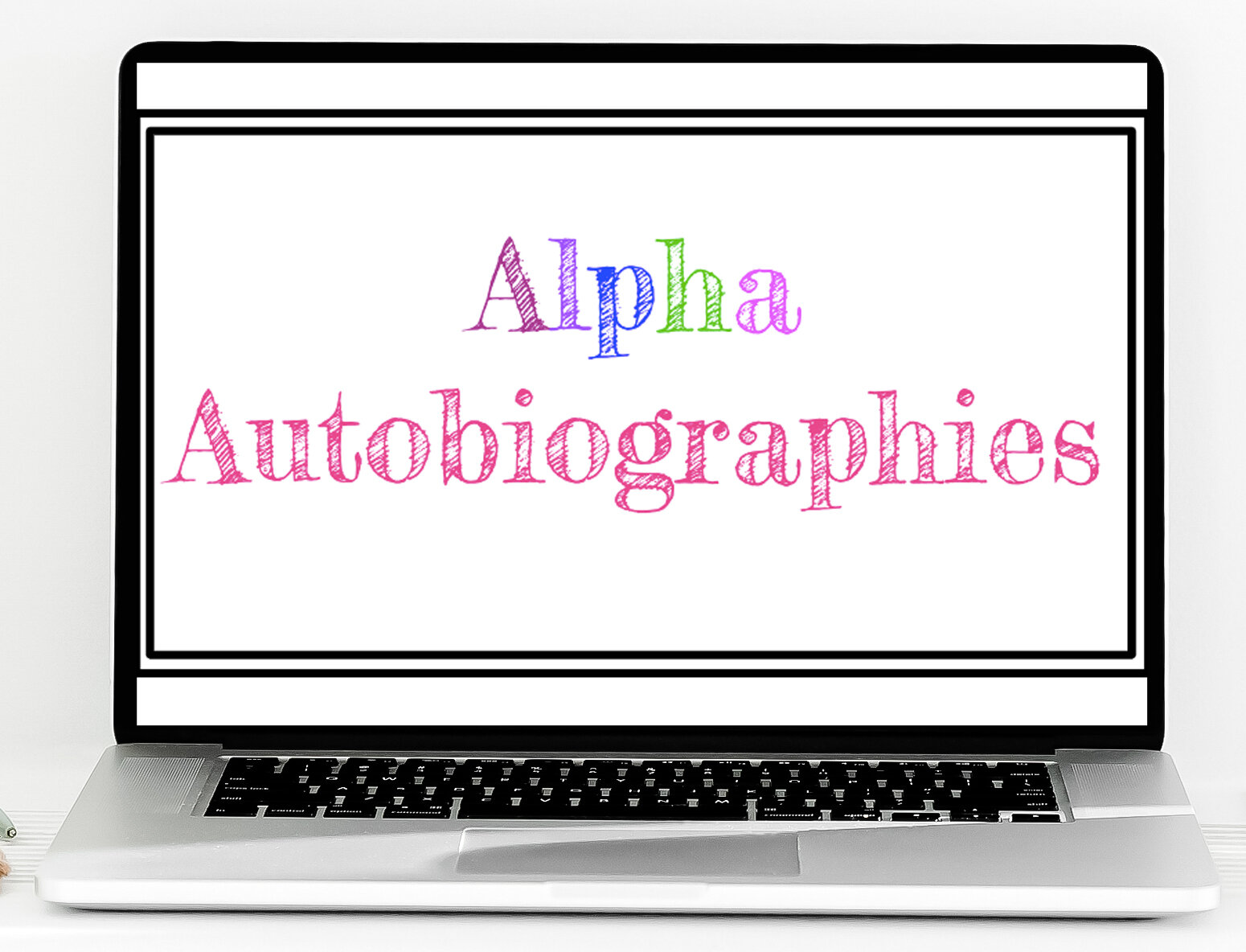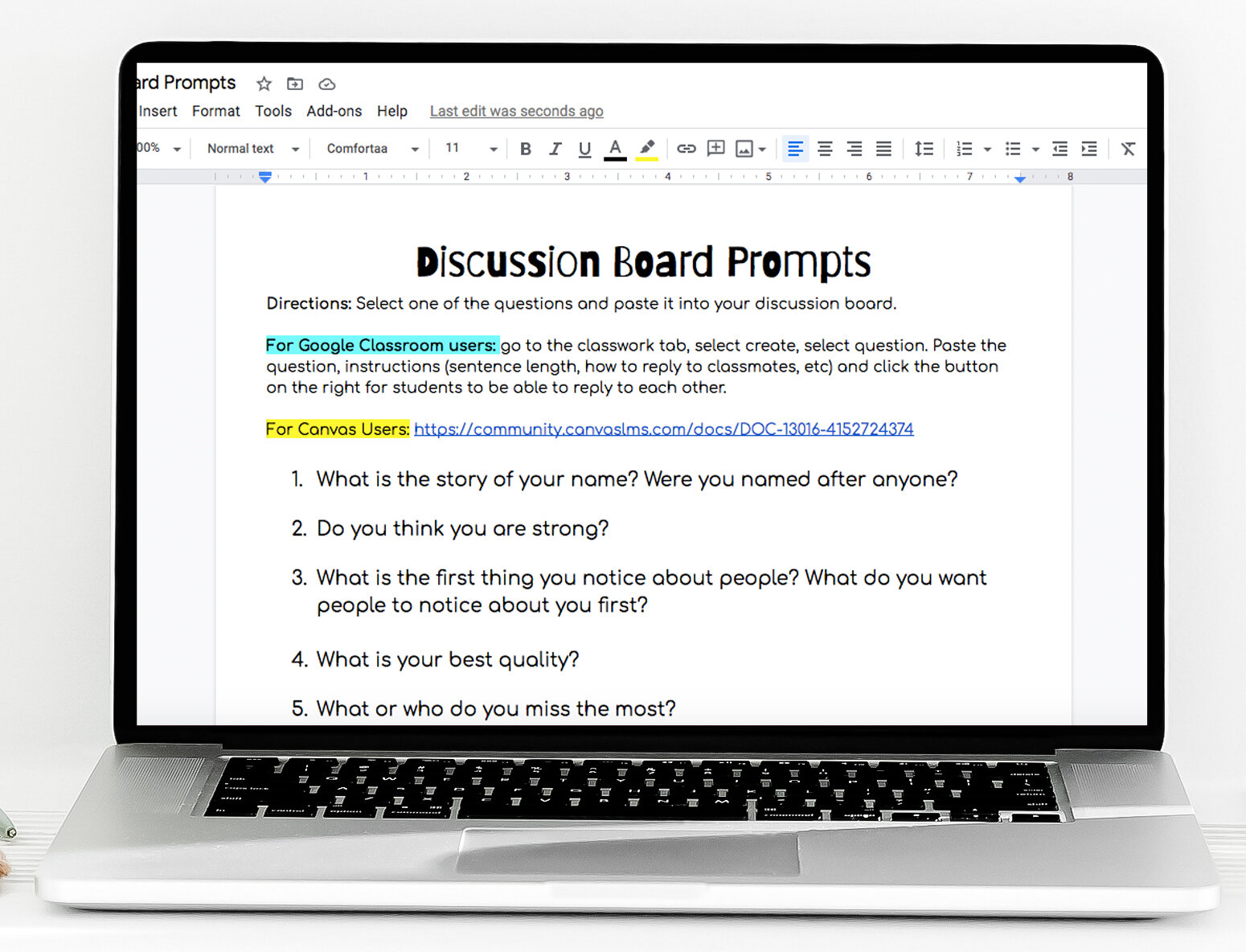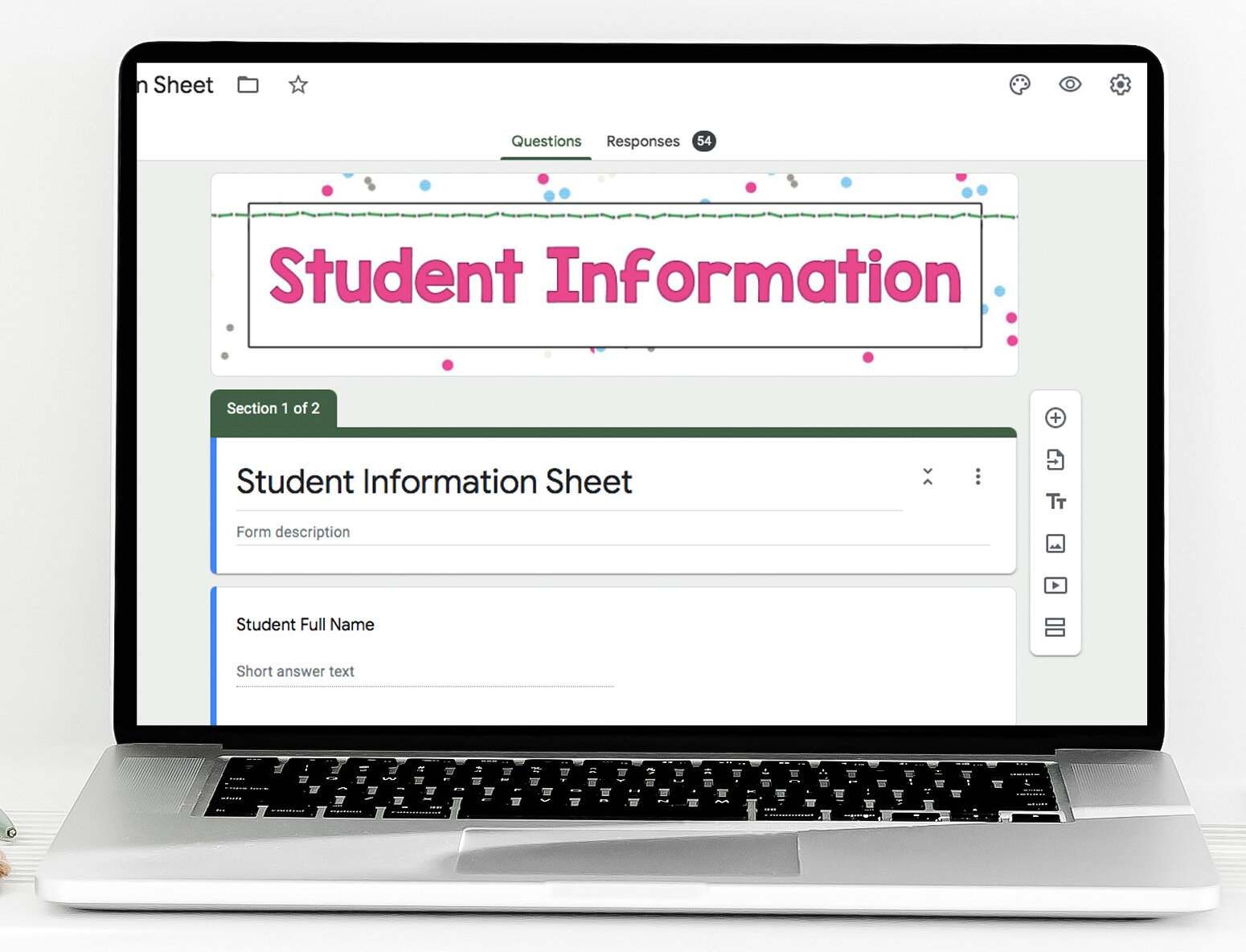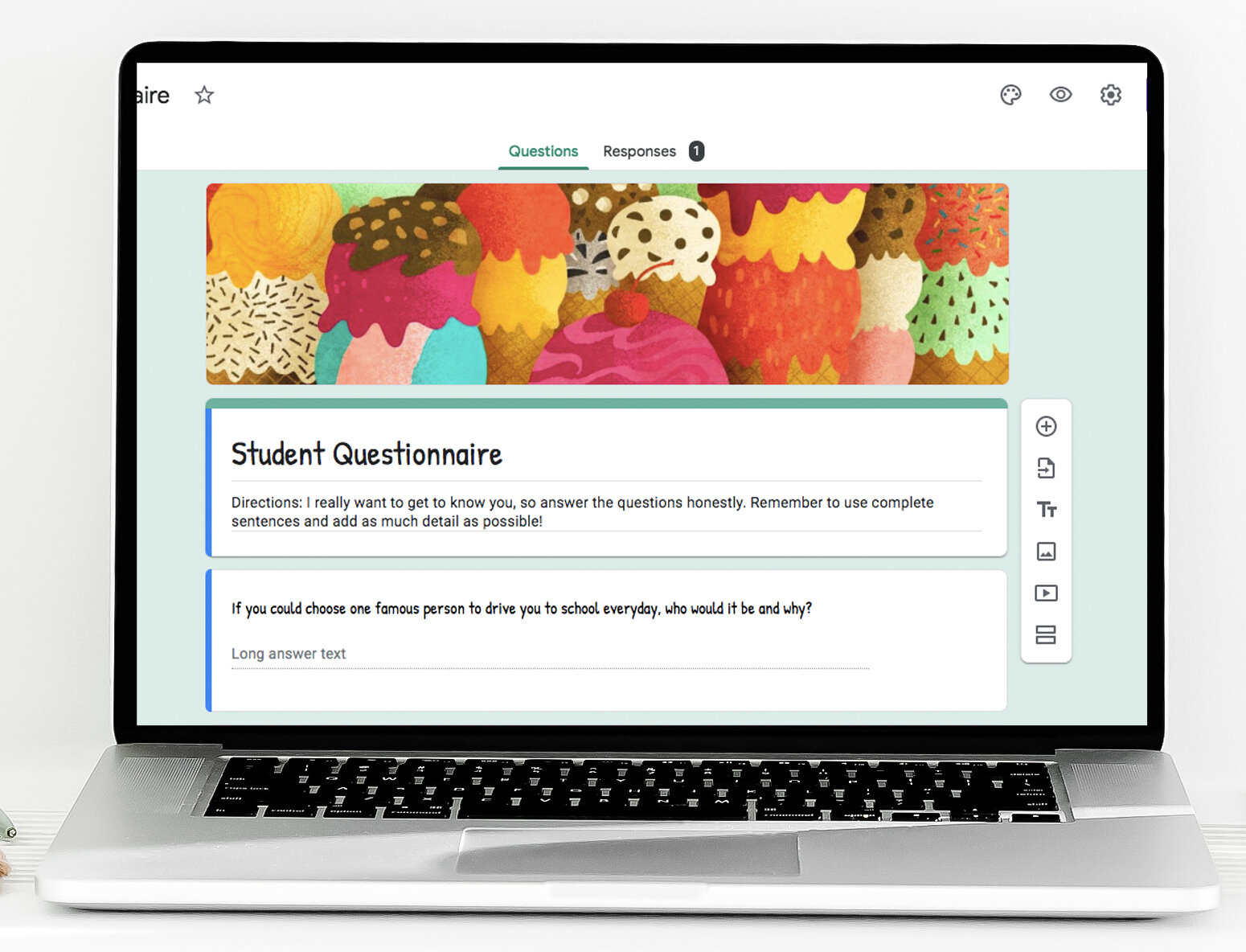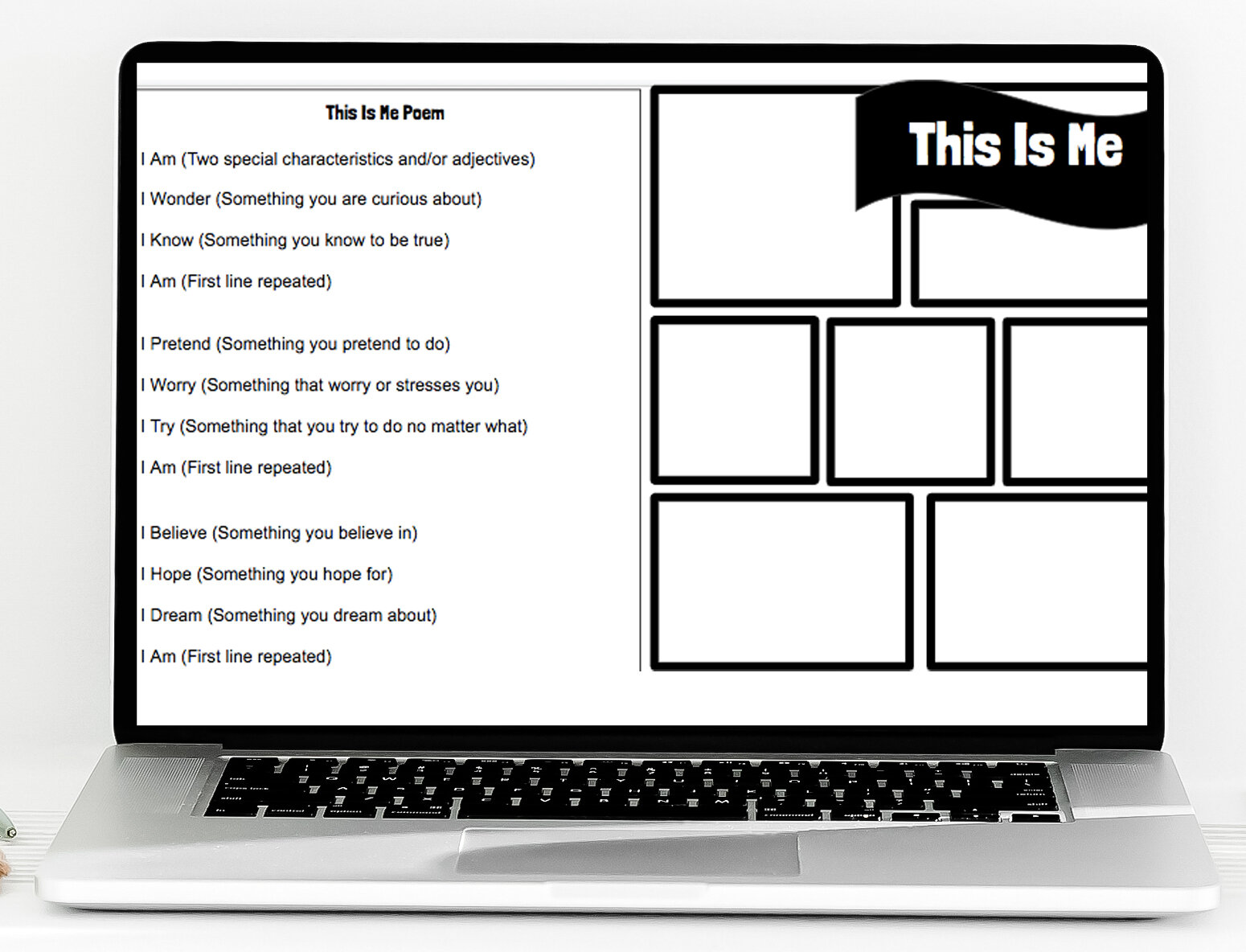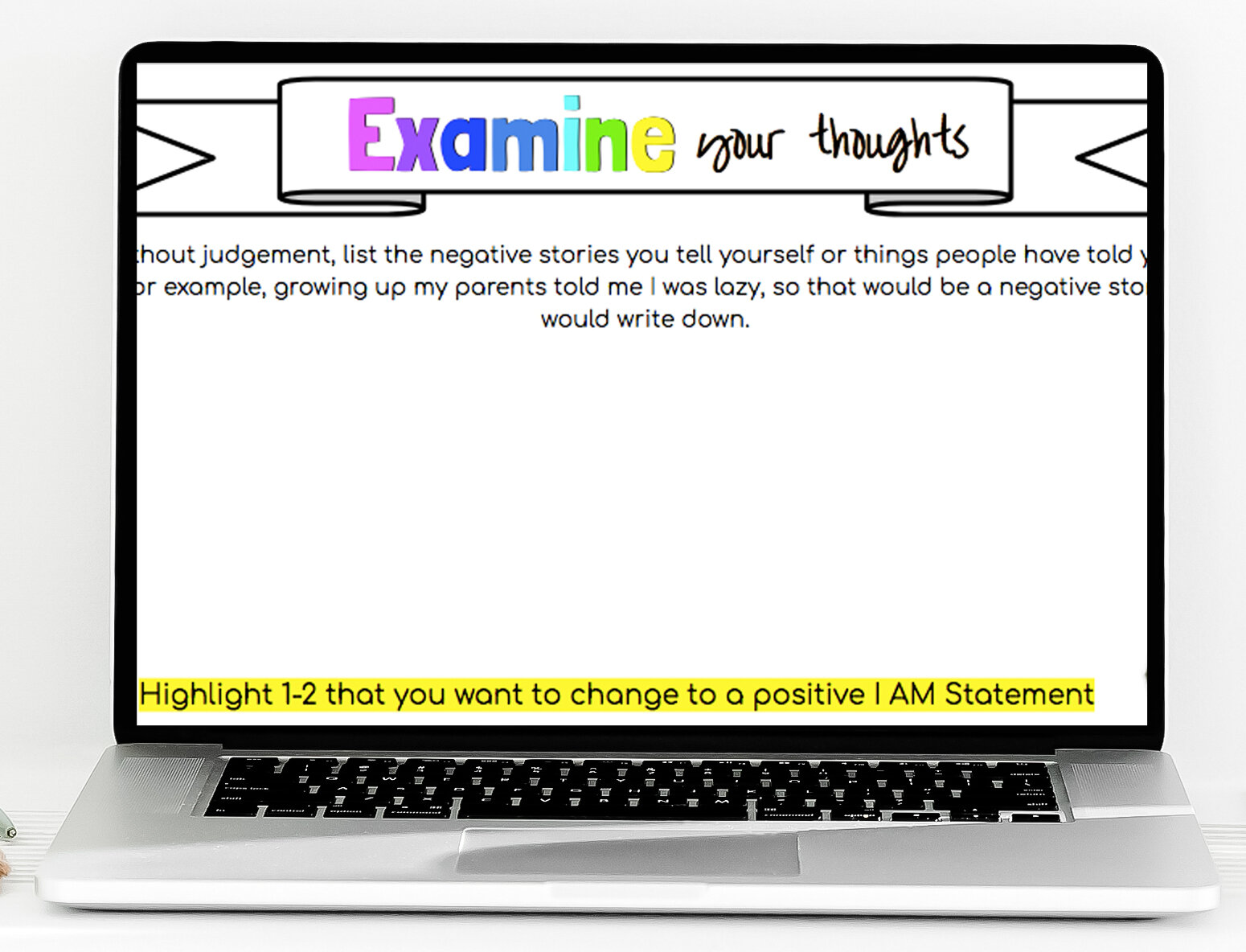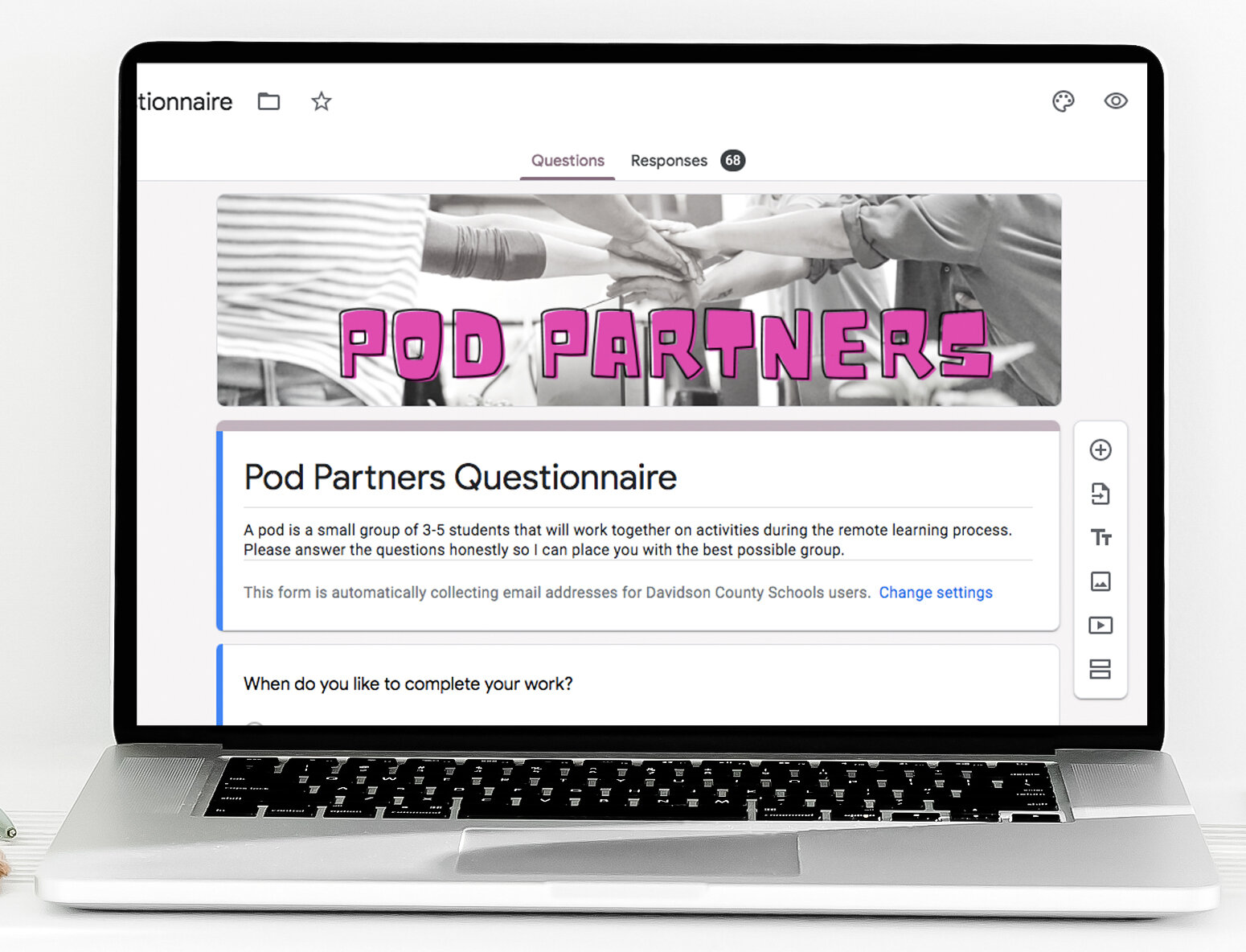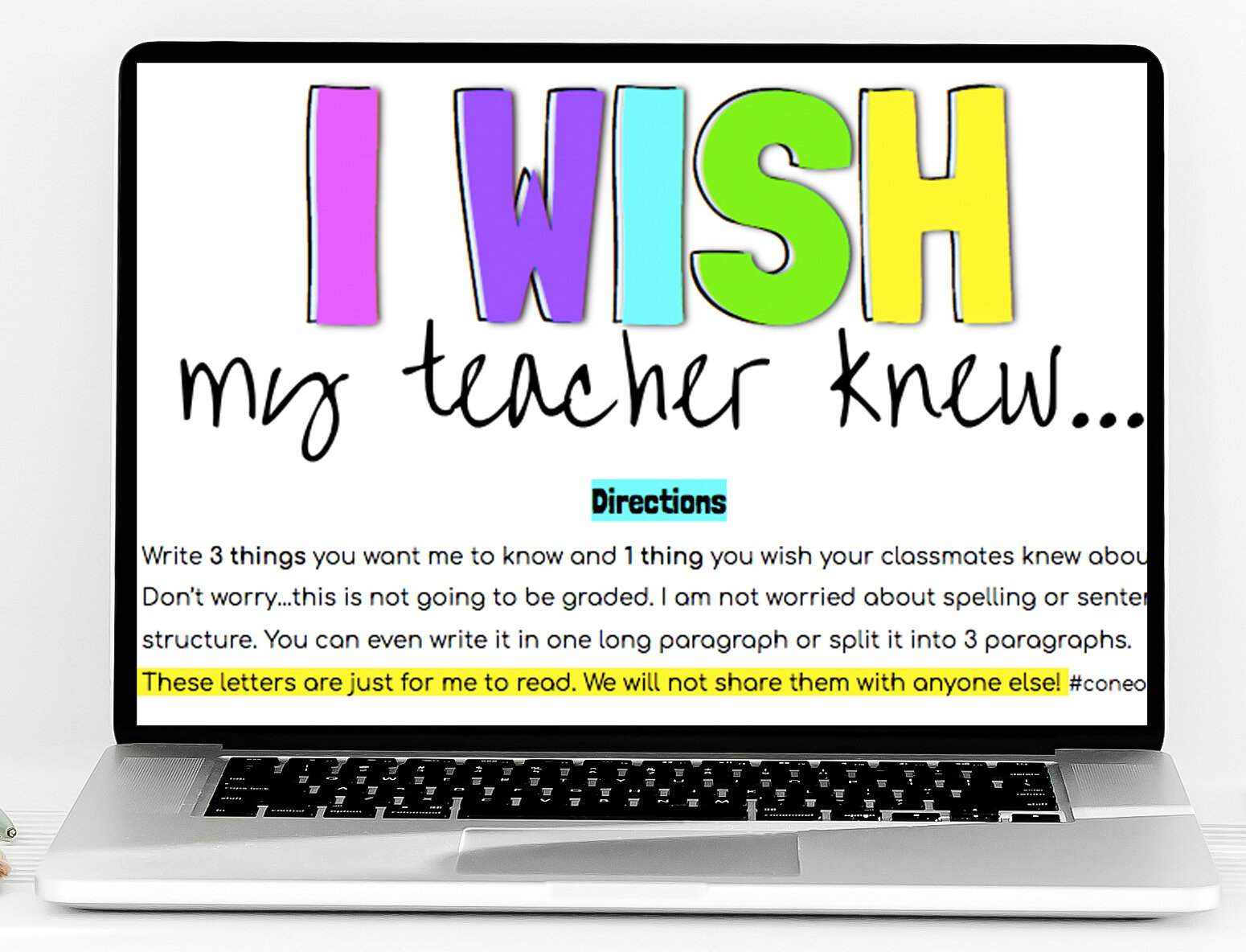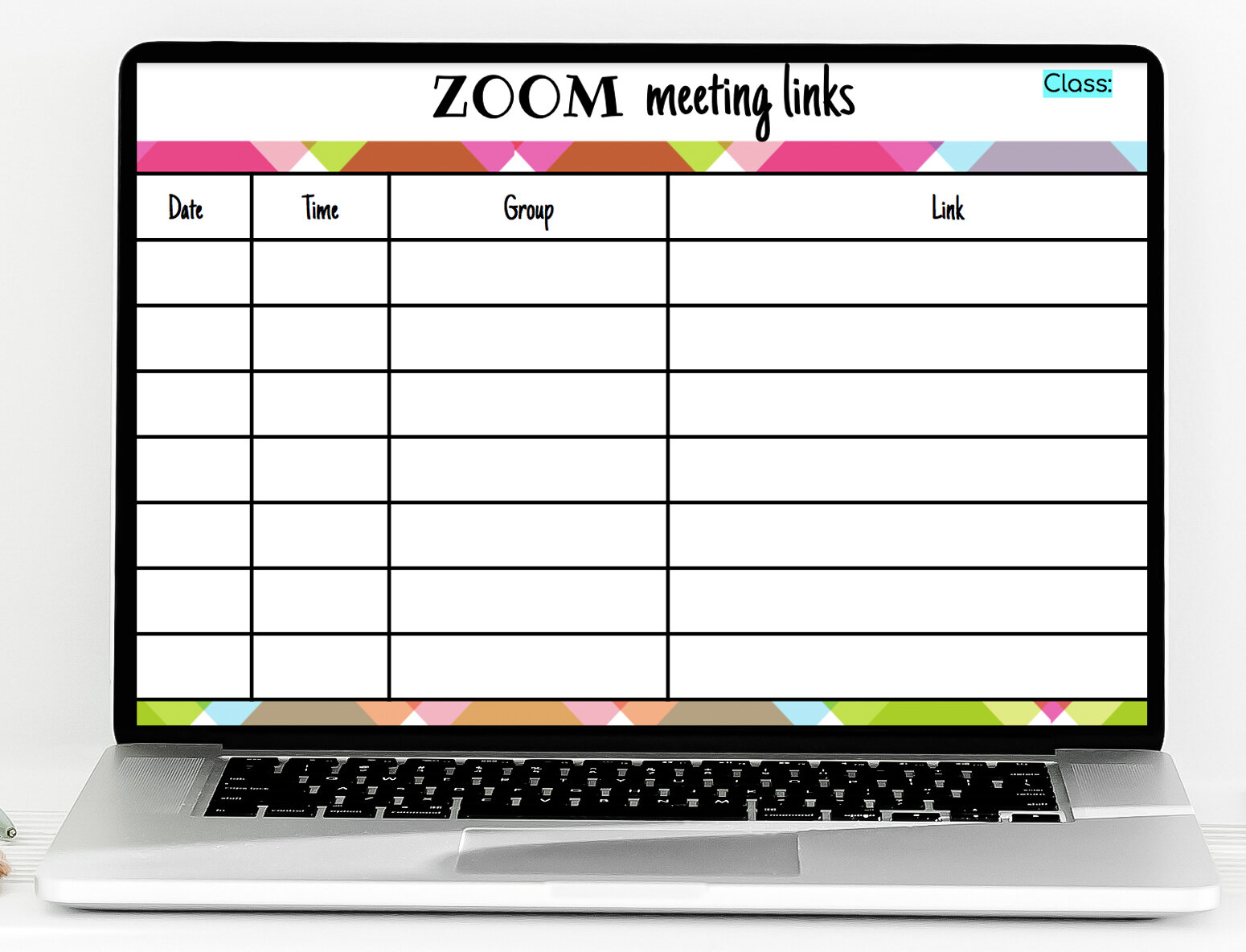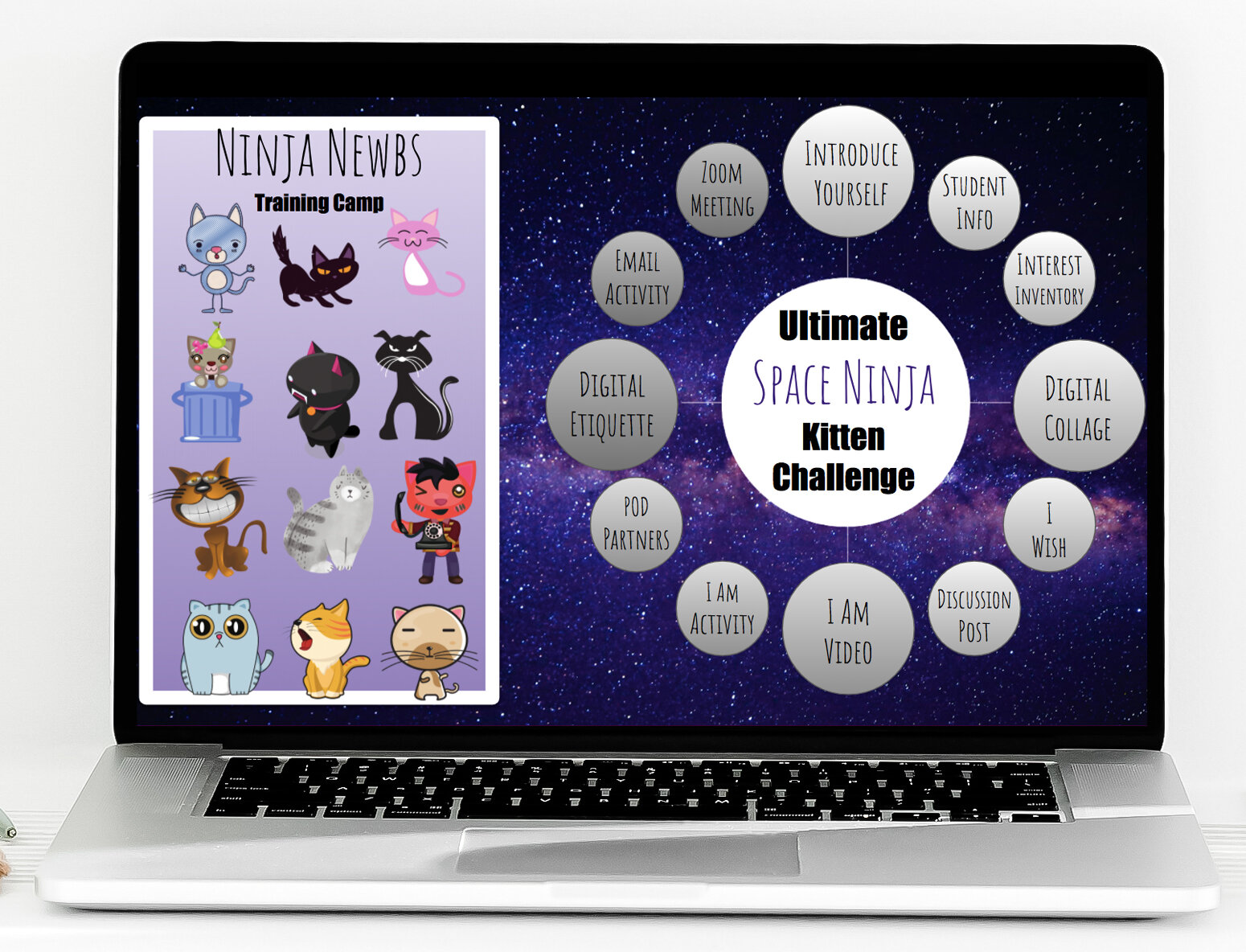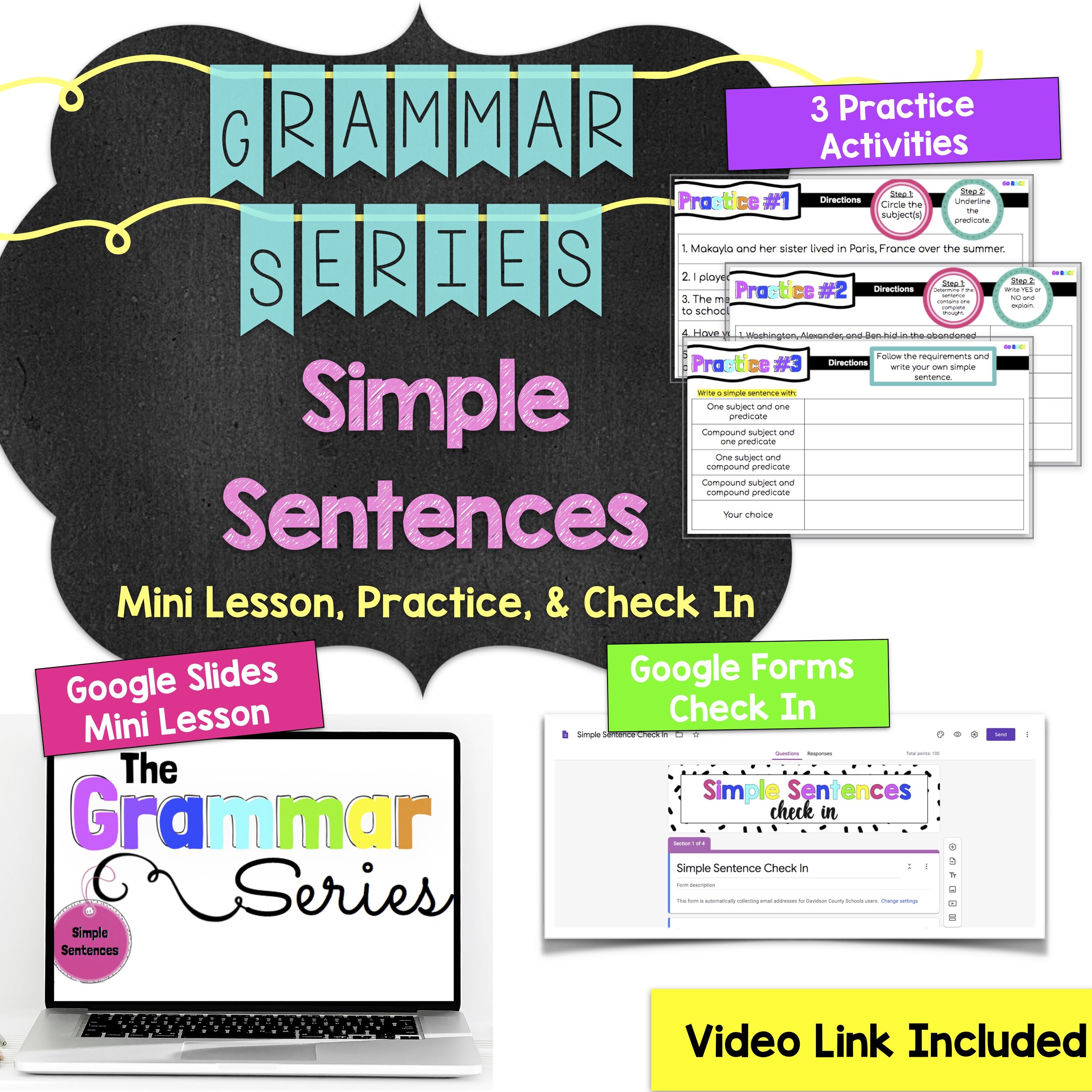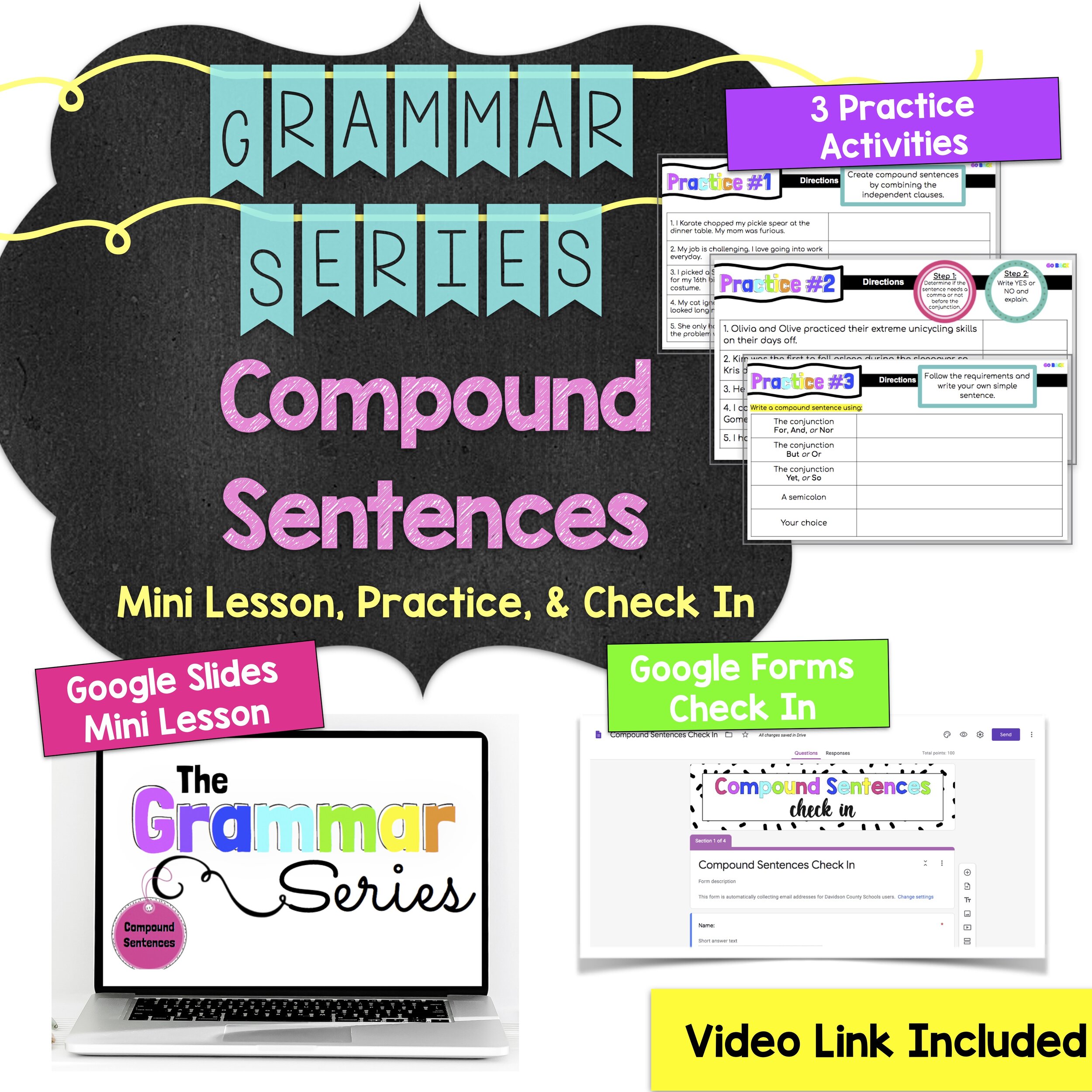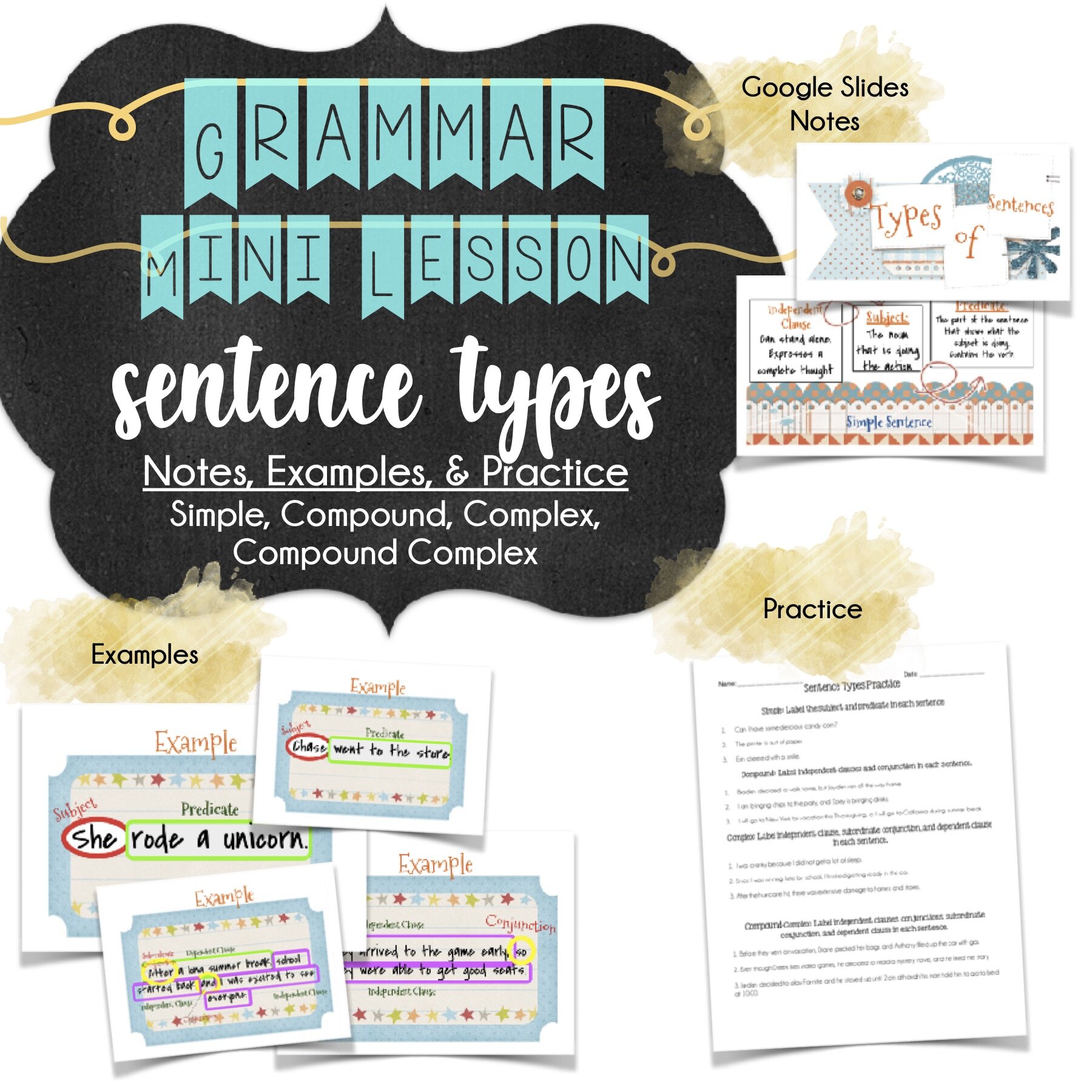Research proves that when you have intentional and explicit vocabulary instruction, reading ability and comprehension increases. The question then becomes, where do I find these words?!? Guess what...no more scrambling for grade appropriate words, developing practice activities, and quizzes! This resource is everything you need to teach vocabulary for the entire year! 32 Weeks of vocabulary words, definitions, practice, and quizzes!
What's Included
1. Google Slides presentation with vocabulary words (7 new words each week), definition, part of speech, picture, and sentence.
2. Foldable for each week to use in interactive notebook
3. Digital Activity Sheets: Day 1: Using context clues to determine meaning, Day 2: Synonyms and Antonyms, Day 3: Drawing images to go with words, Day 4: Writing correct and incorrect sentences, Day 5: Quiz
4. Quizlet Practice: Weekly Quizlet practice for each set of words. The link is included in the last slide of the digital activity slides so students have easy access.
5. Weekly Assessment: Printable quiz or Google Forms quiz available.
NOTE: Quizzes are a mixture of selecting the sentence that uses the vocabulary word correctly, selecting the sentence that uses the word incorrectly, selecting an antonym for a vocabulary word, selecting a synonym for a vocabulary word, competing an analogy using a vocabulary word, and determining the meaning of the word based on how it is used in a sentence.
7 of the questions come from the new words for the week, 3 of the questions are from previous vocabulary words for a total of 10 questions.


